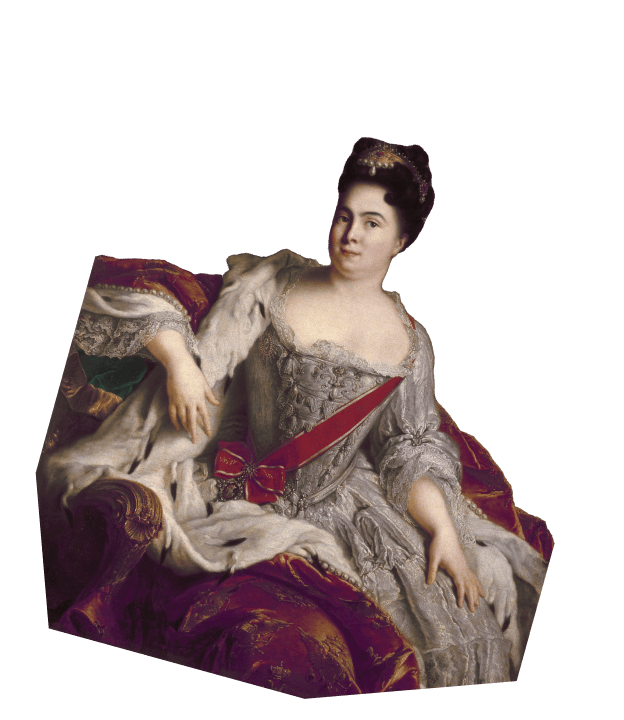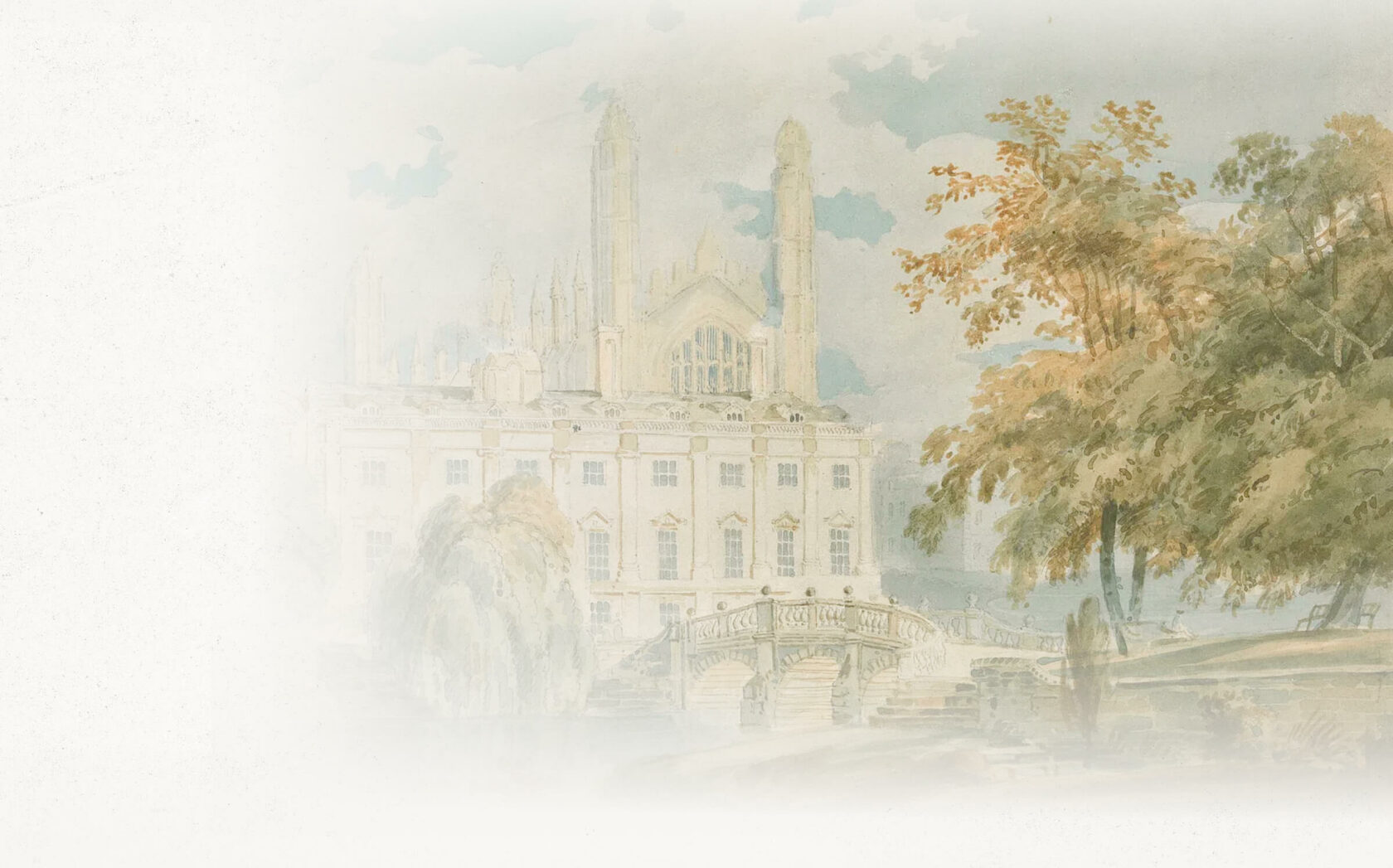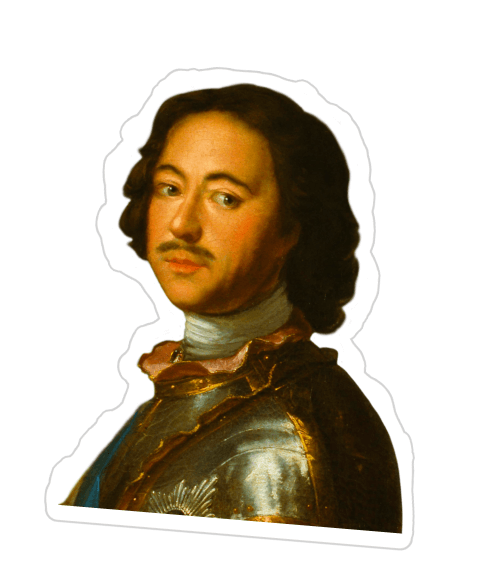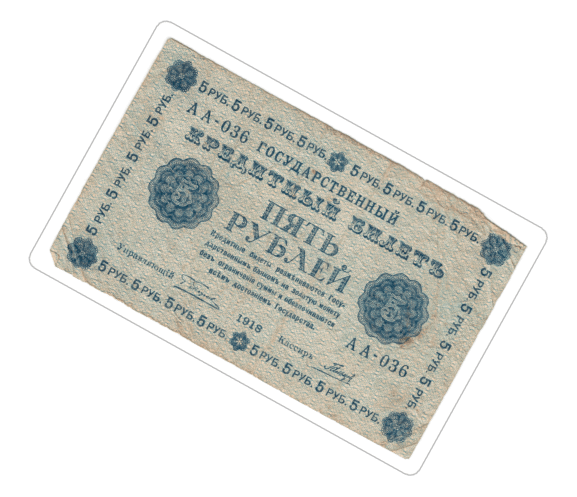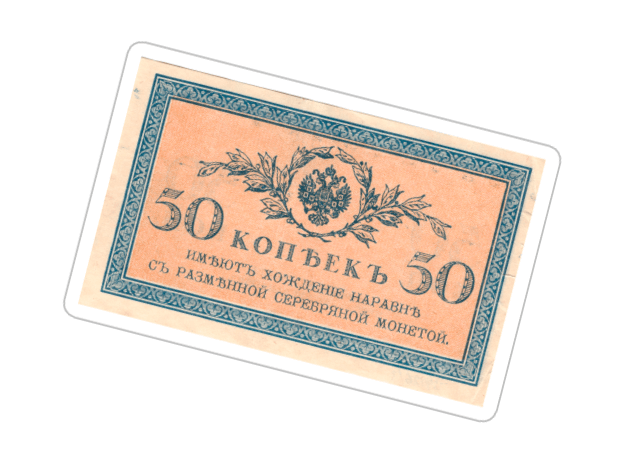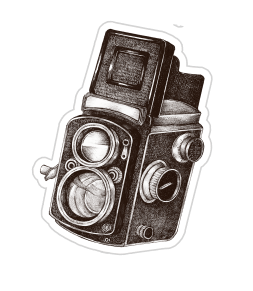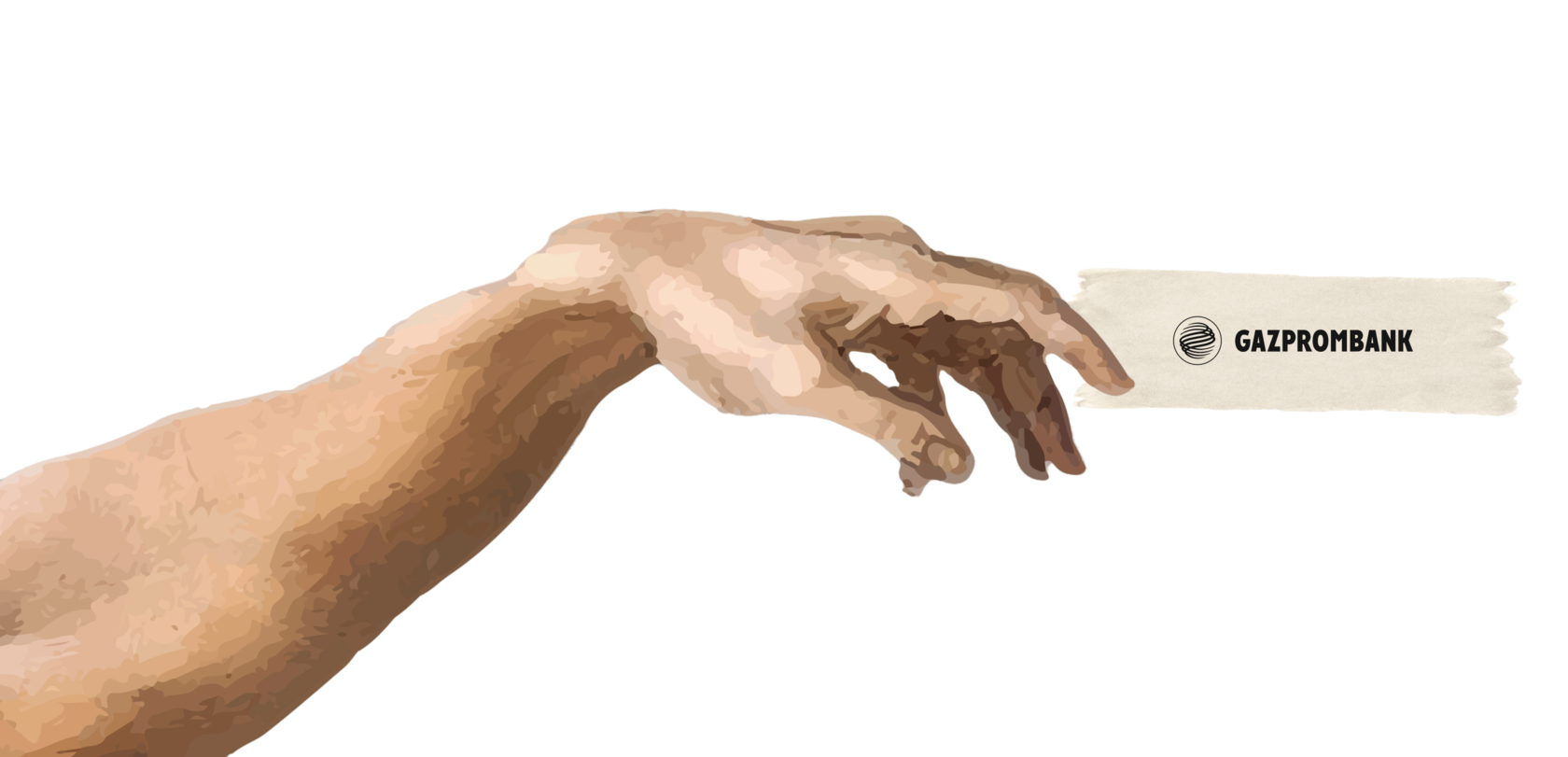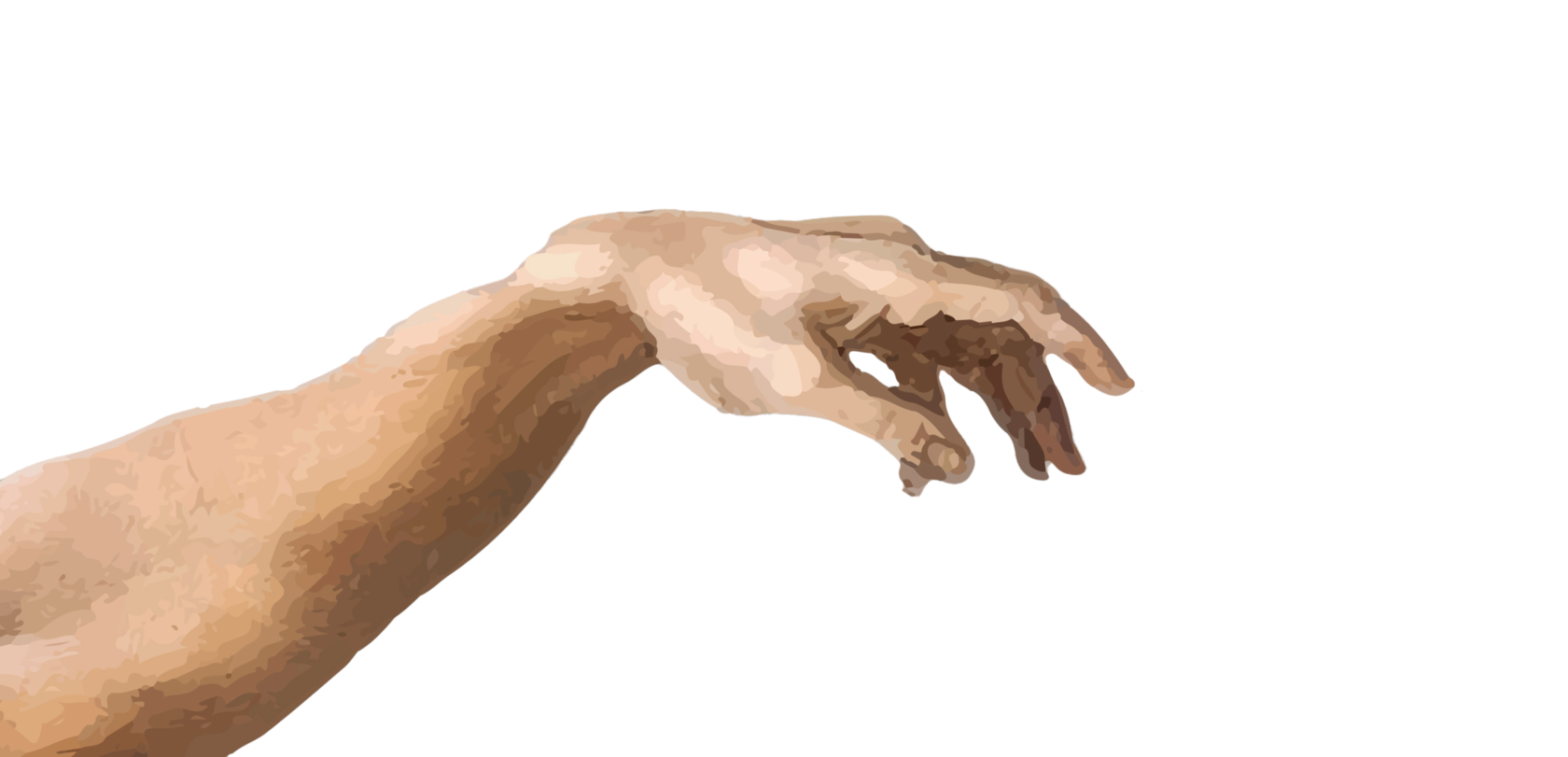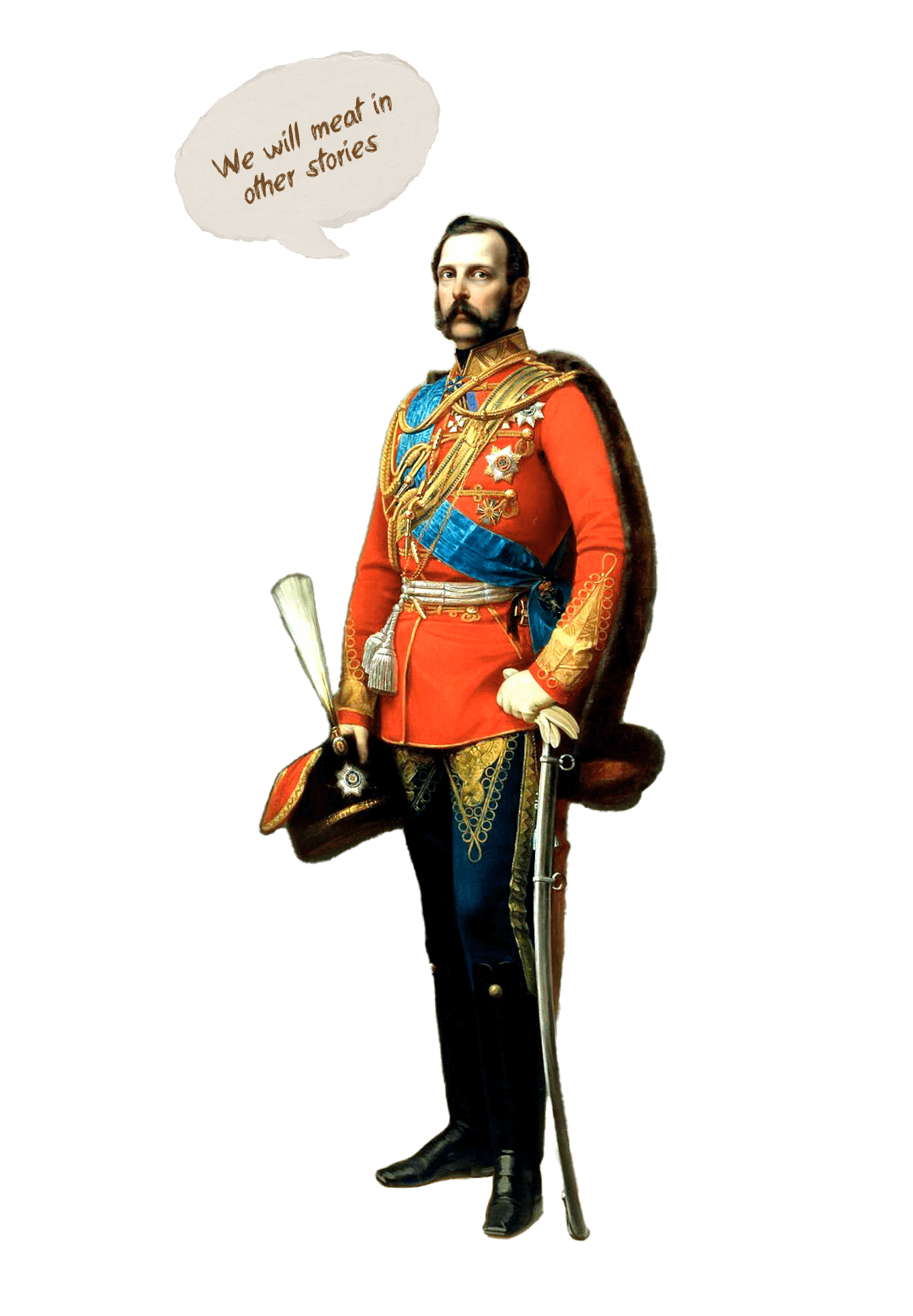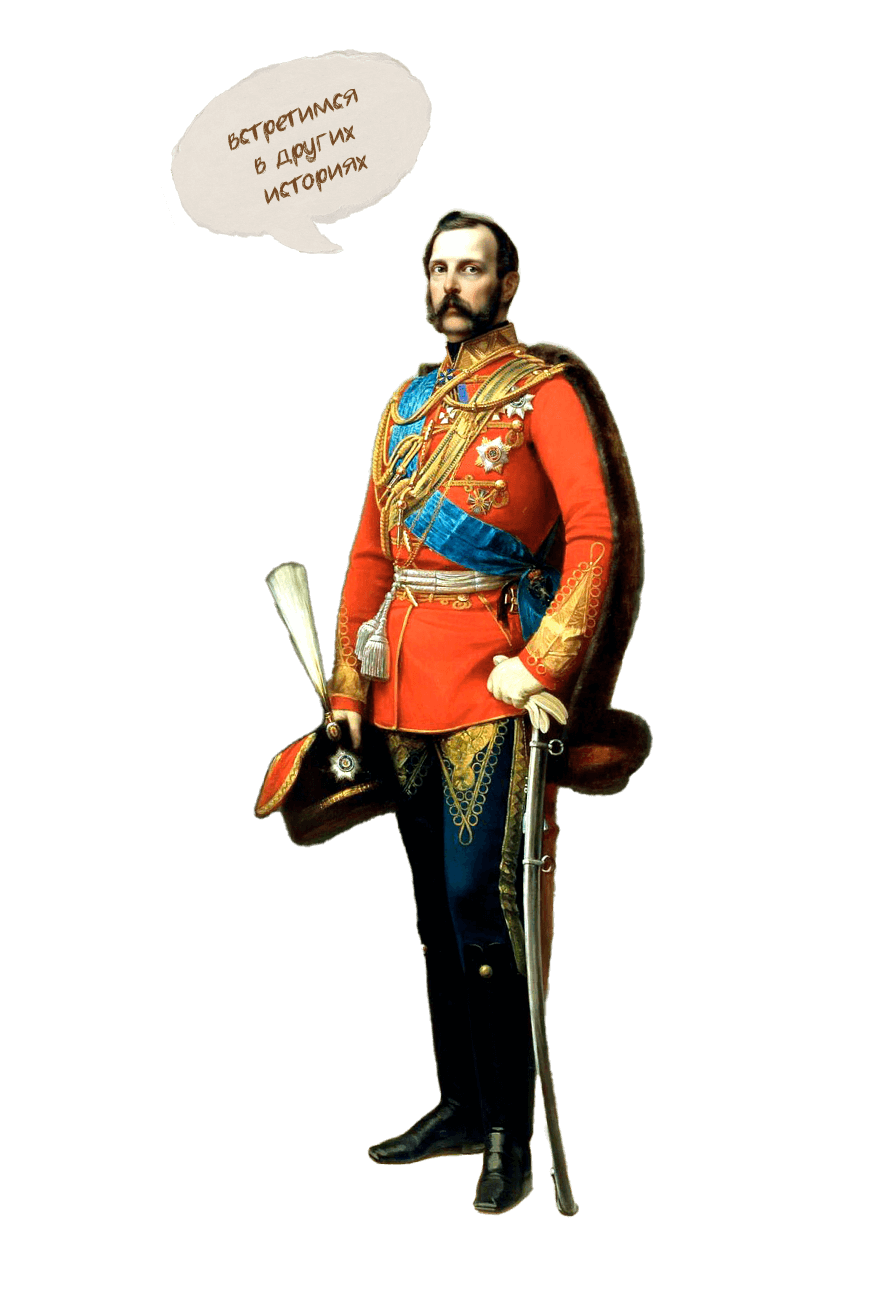

Loading historIcal facts
Loading
Historical
facts
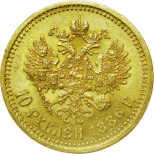
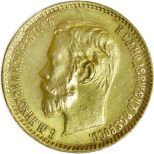










We'll talk about this and more in the joint project of the Museum of Moscow and Gazprombank






Moneylenders and money changers
Before the emergence of banks, their functions in RussIa were performed by money lenders and money changers. In his “Notes on Muscovy” from 1556, they are mentioned by the diplomat Sigismund von Herberstein, the author of the oldest existing plan for Moscow.
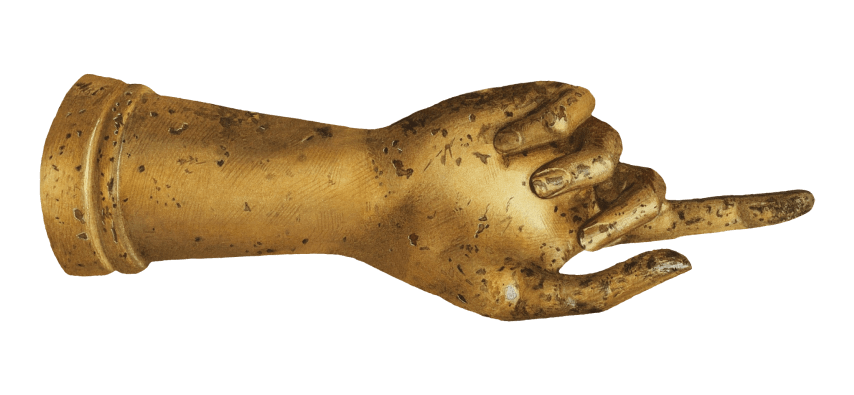
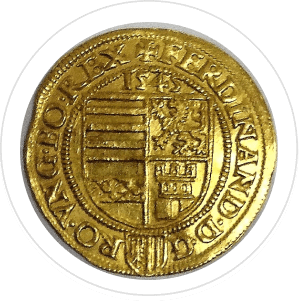
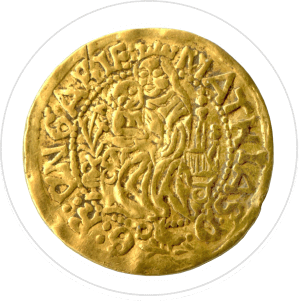
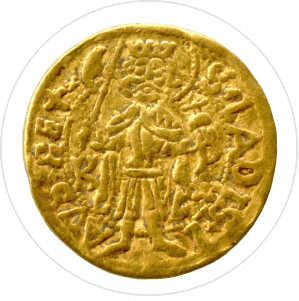

01
distorted images
The images on the coins were not distinguished by their grace - Herberstein mistook Saint Sophia for the Grand Duke... and considered the portrait of the Pskov patron Dovmont to be a bull's head in a crown.







It is interesting that monasteries also acted as creditors — their percentage was half as much.
Usury was considered a sin, but Muscovites, as Herberstein noted, did not abstain from it, lending money at 20%.





The portrait of the Pskov patron Dovmont
The portrait of St. Sophia








Reform of Peter I
Peter I carried out a multi-stage monetary reform. Coin production must switch to machine flow, and the tiny silver penny flake...
02

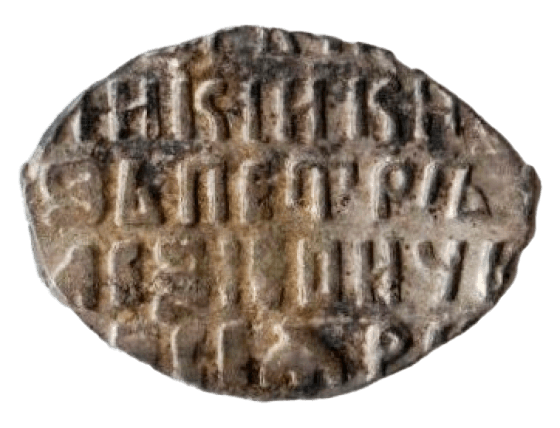
This is the penny flake



Peter I


should replace large
ones regular round
coin shapes




silver coins
COPPER coins
Golden coins
The coin for international trade
The coin for internal circulation
The coin for international trade
But huge expenses
and reforms...
for waging war


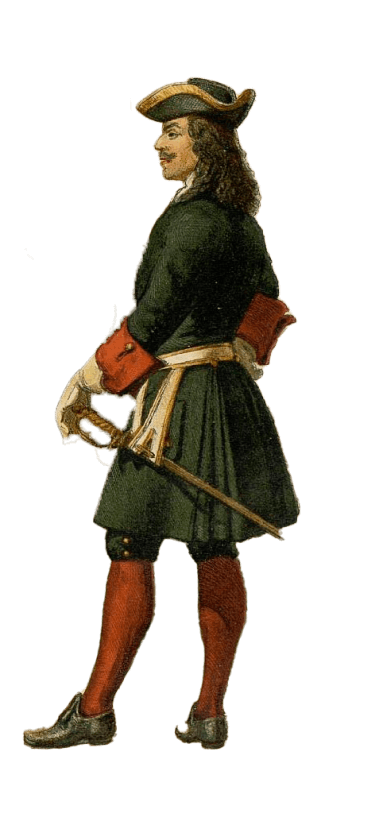
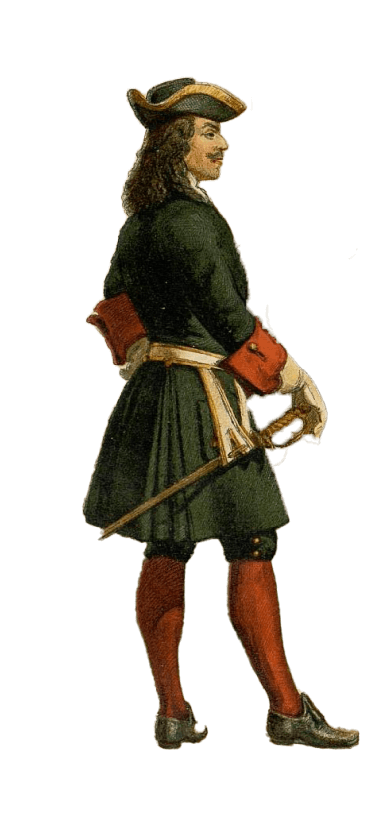







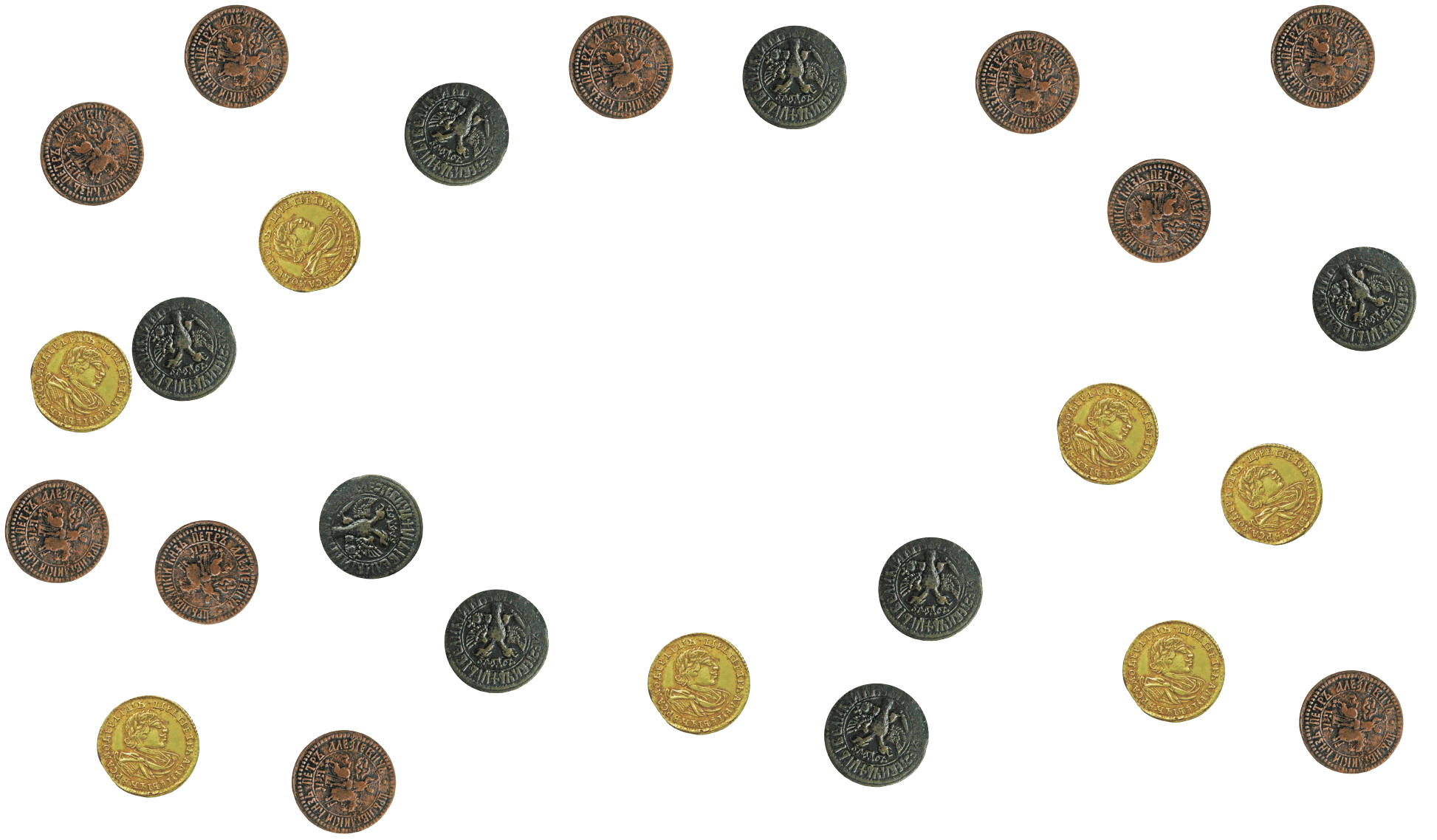
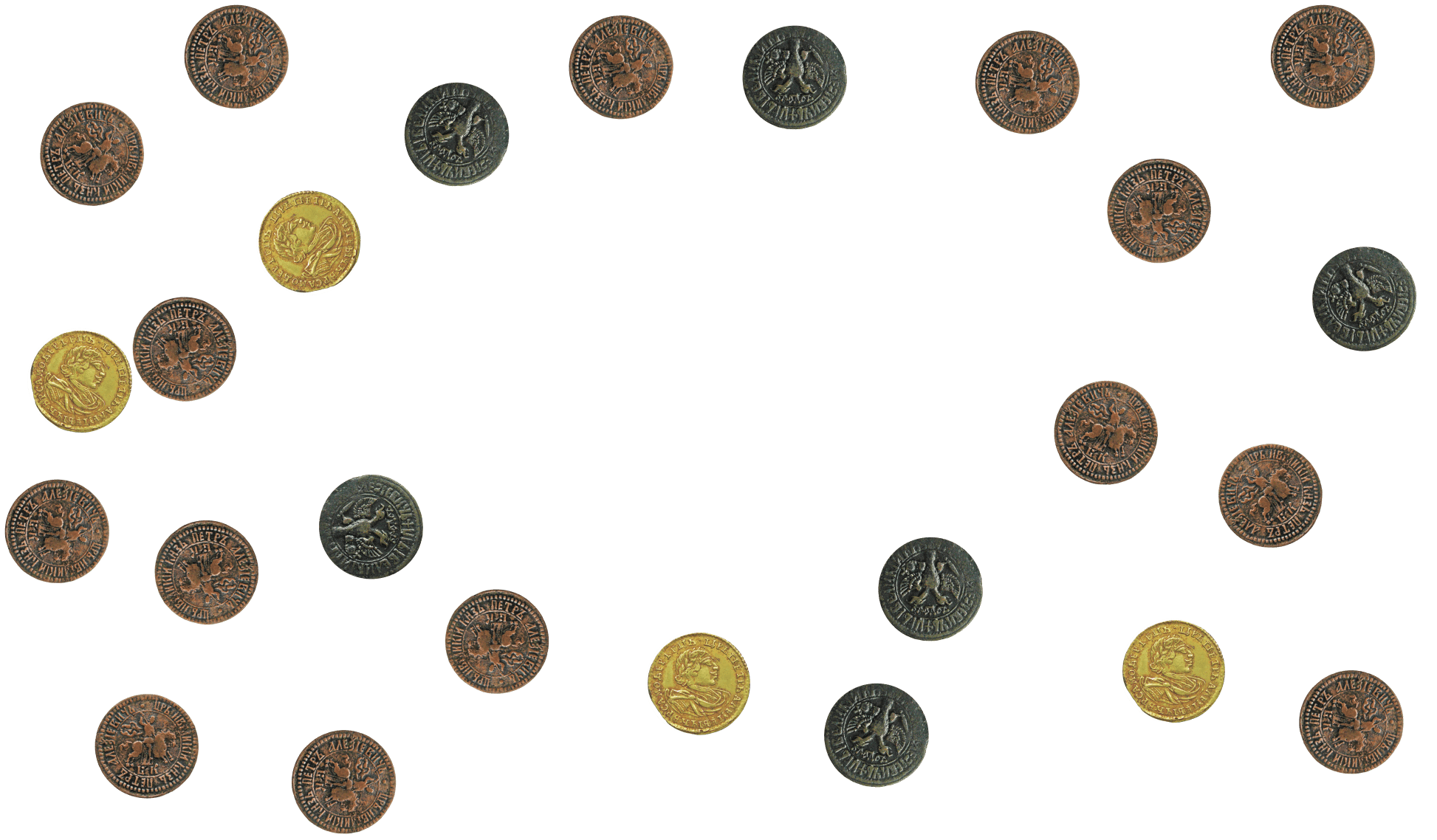
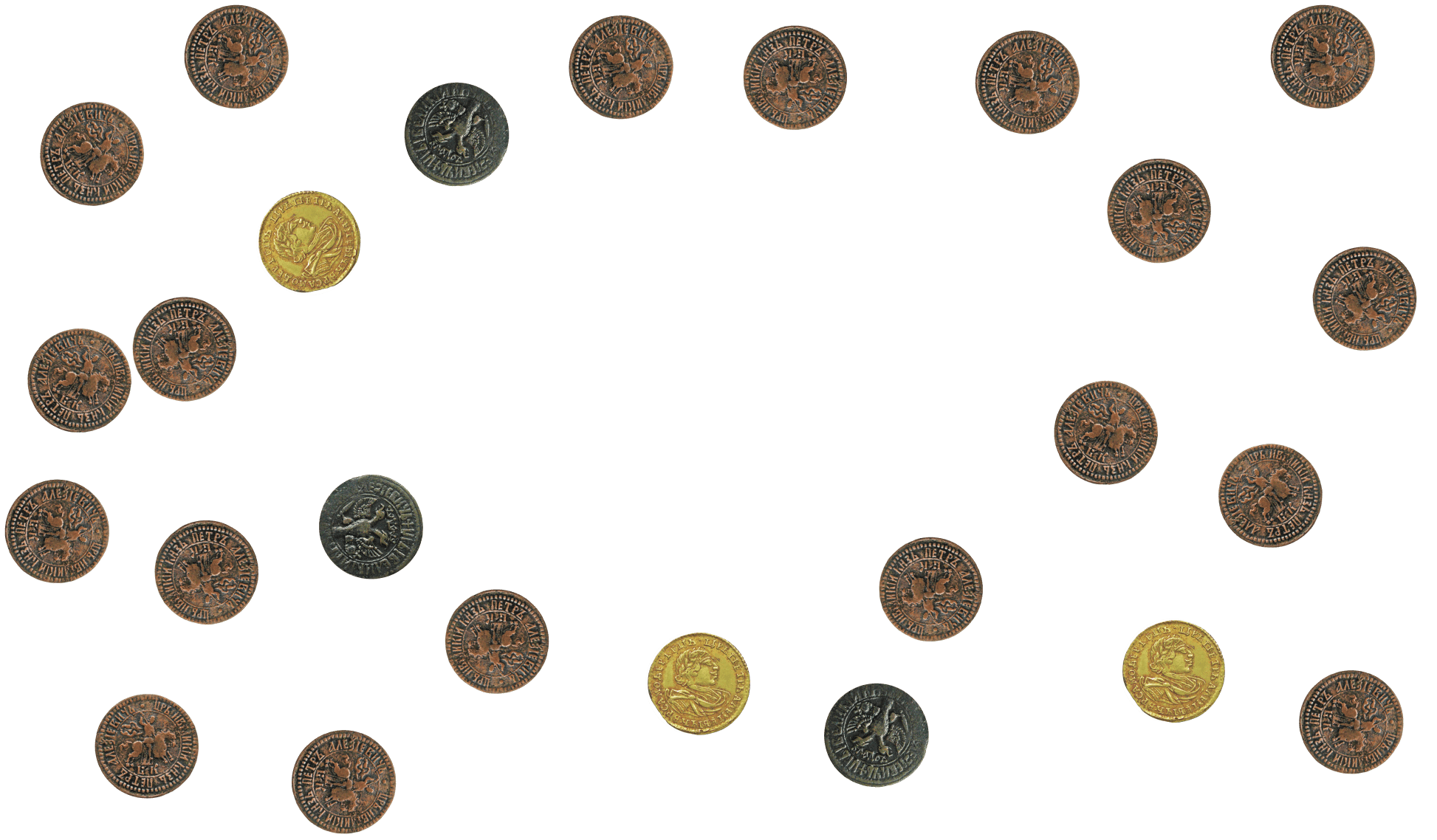
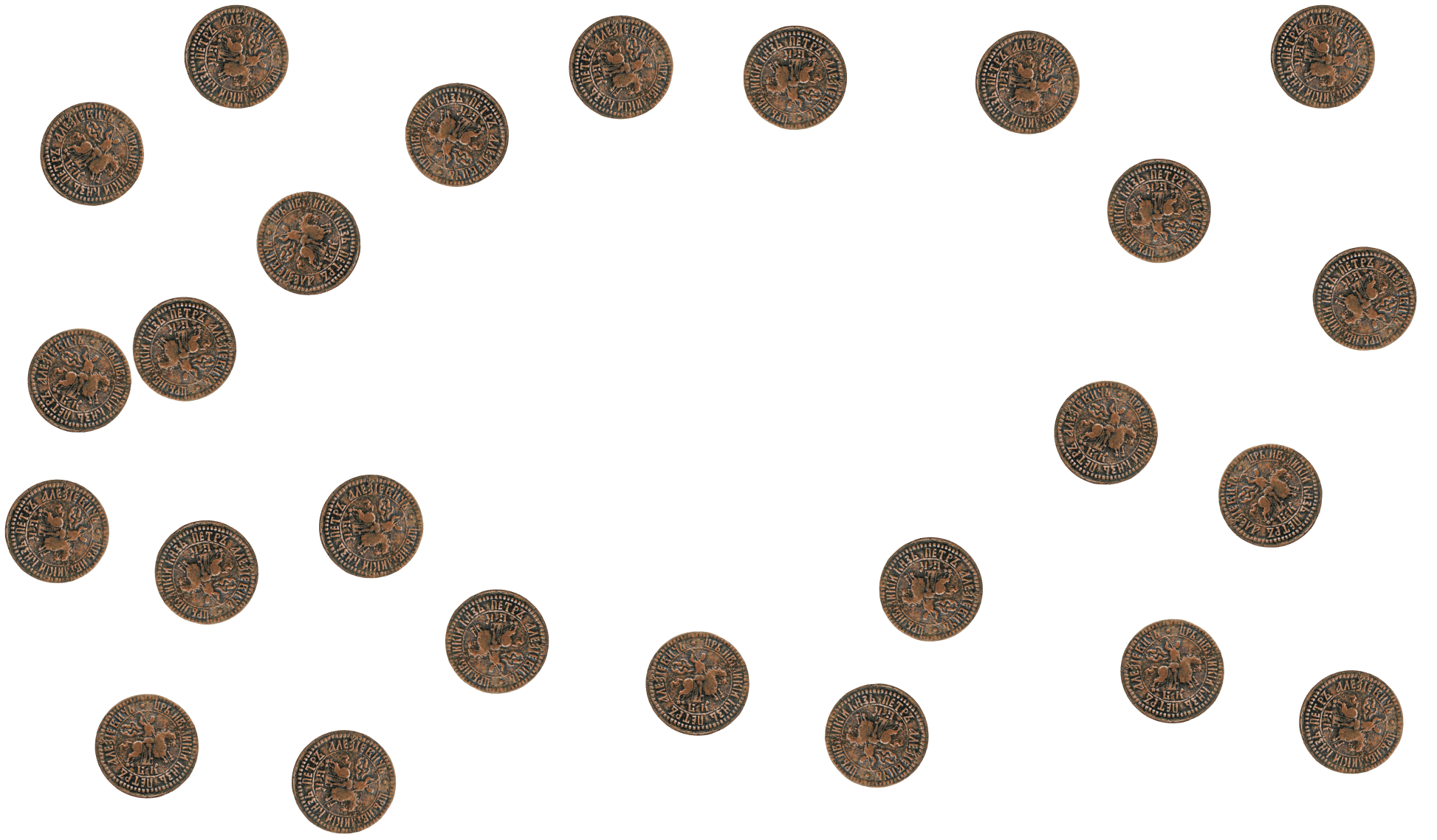
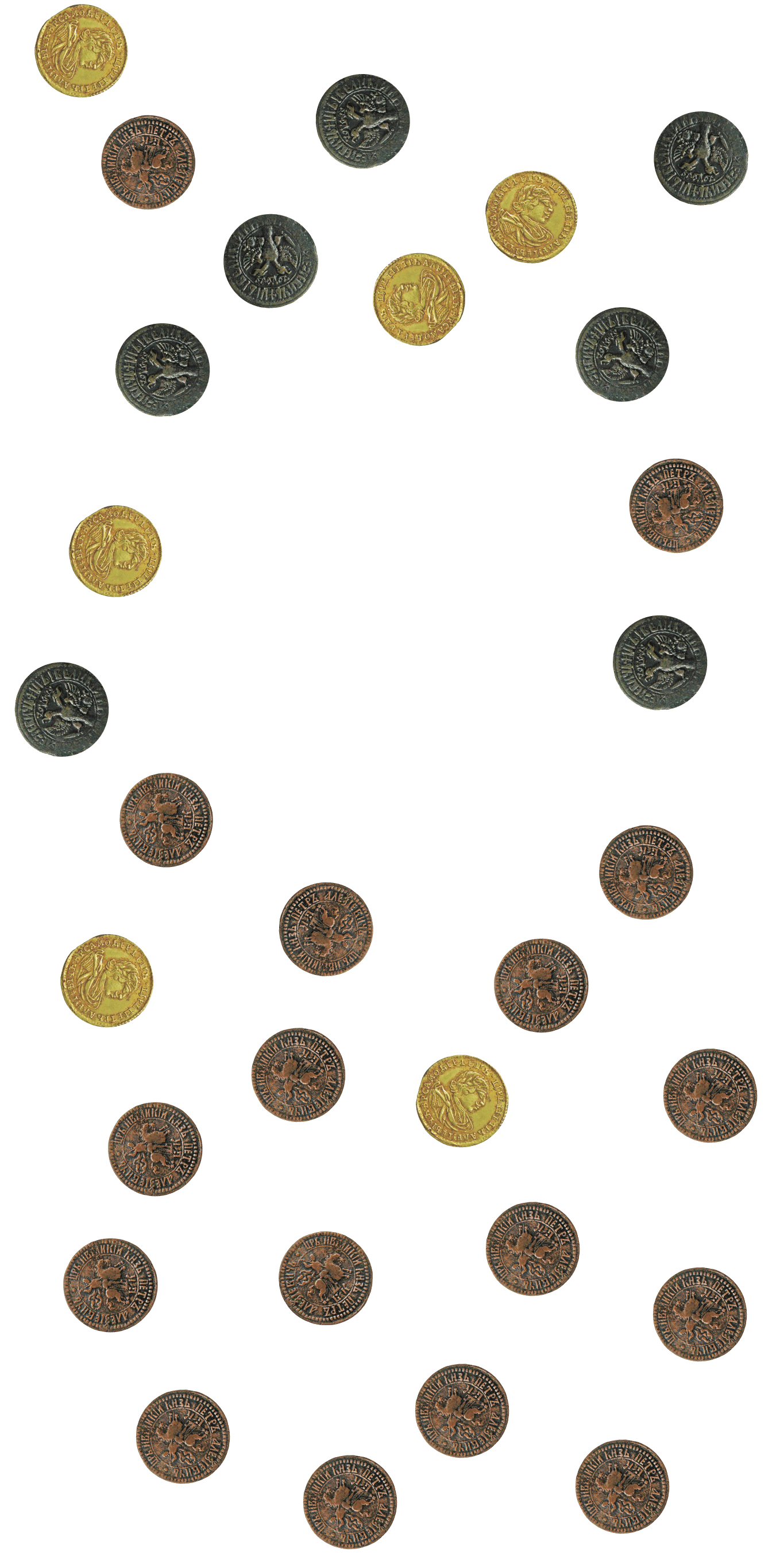
with a lack of gold and silver
led to the fact that
the main Copper coins became the regulator of monetary circulation,
the number of which grew, and the weight decreased.








Lomonosov's fee

In 1748, Mikhail Lomonosov received 2,000 rubles from the touched empress for an ode written in honor of Elizaveta Petrovna.
03
But there was no free gold or silver in the treasury — only copper

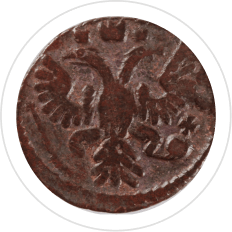
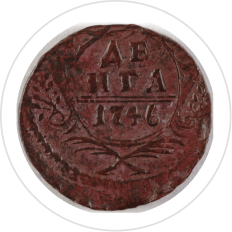













The final weight of the reward was
To deliver such a fee home, Lomonosov needed 4 carts.
3 tons and 276 kilograms



Elizaveta Petrovna

Lomonosov


COINS
Issued by the government of Catherine I of large-sized copper coins in denominations of a kopeck, hryvnia, half a half, half and a ruble.
04
HEAVY
WEIGHTS
Copper board coins
The weight of such a ruble reached 1,6 kg.
But the boards did not take their place in monetary circulation - in 1727 their production was discontinued.
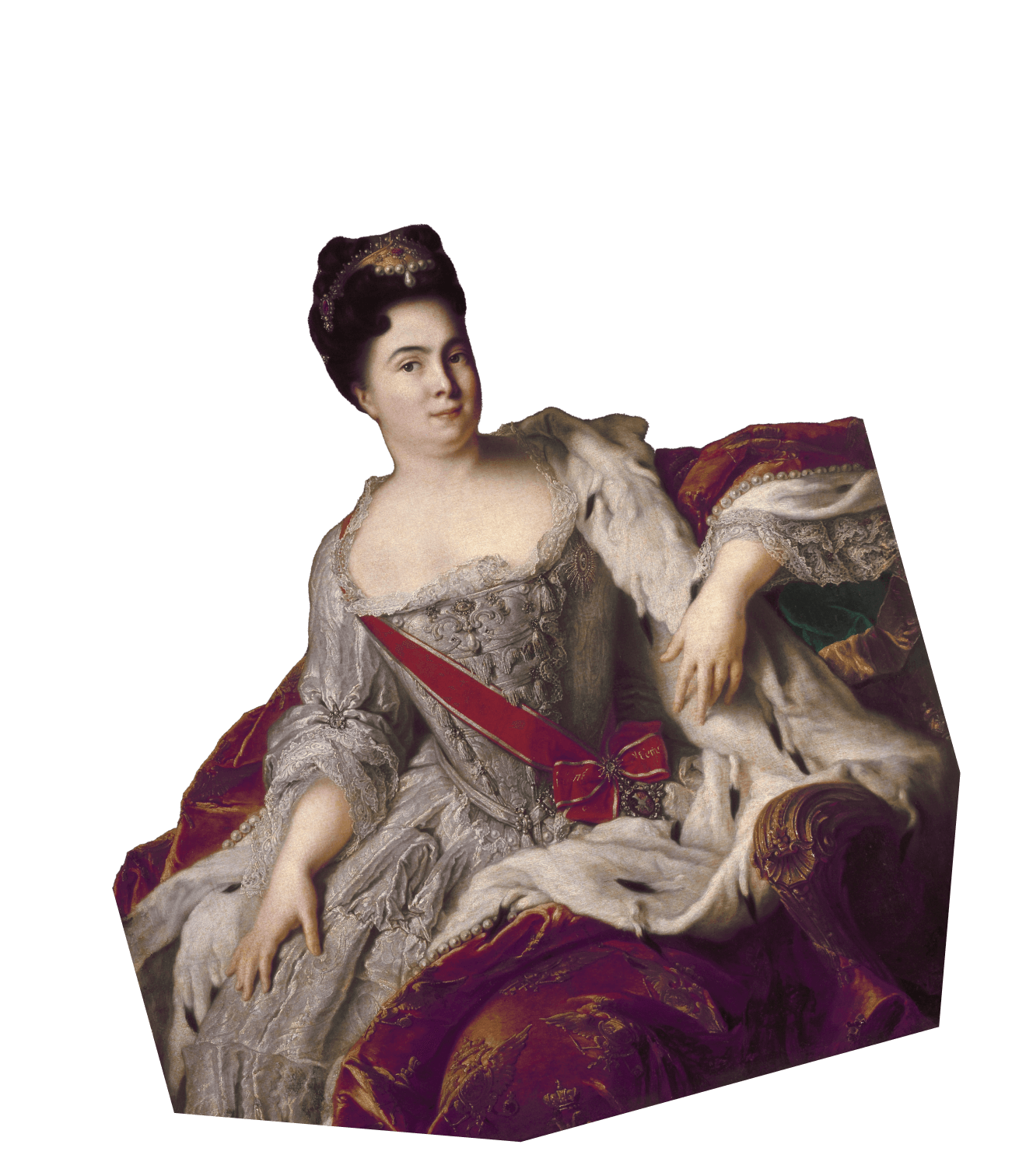



Catherine I
Copper board coins

Copper ruble, the weight of which reached 1 kg. Such extraordinary rubles were produced at the Sestroretsk Mint in 1770−1771. Currently, only two authentic Sestroretsk rubles are known, the rest are later remakes — one of these is kept in the collections of the Museum of Moscow.

Sestroretsk ruble
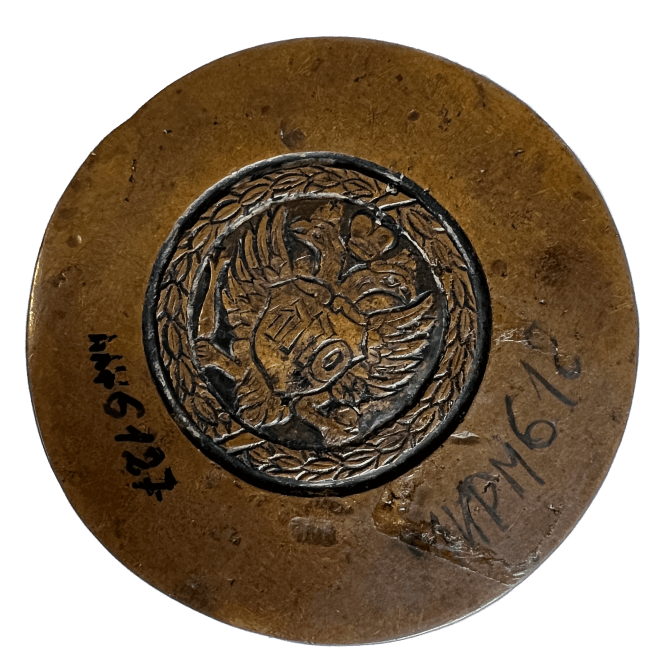


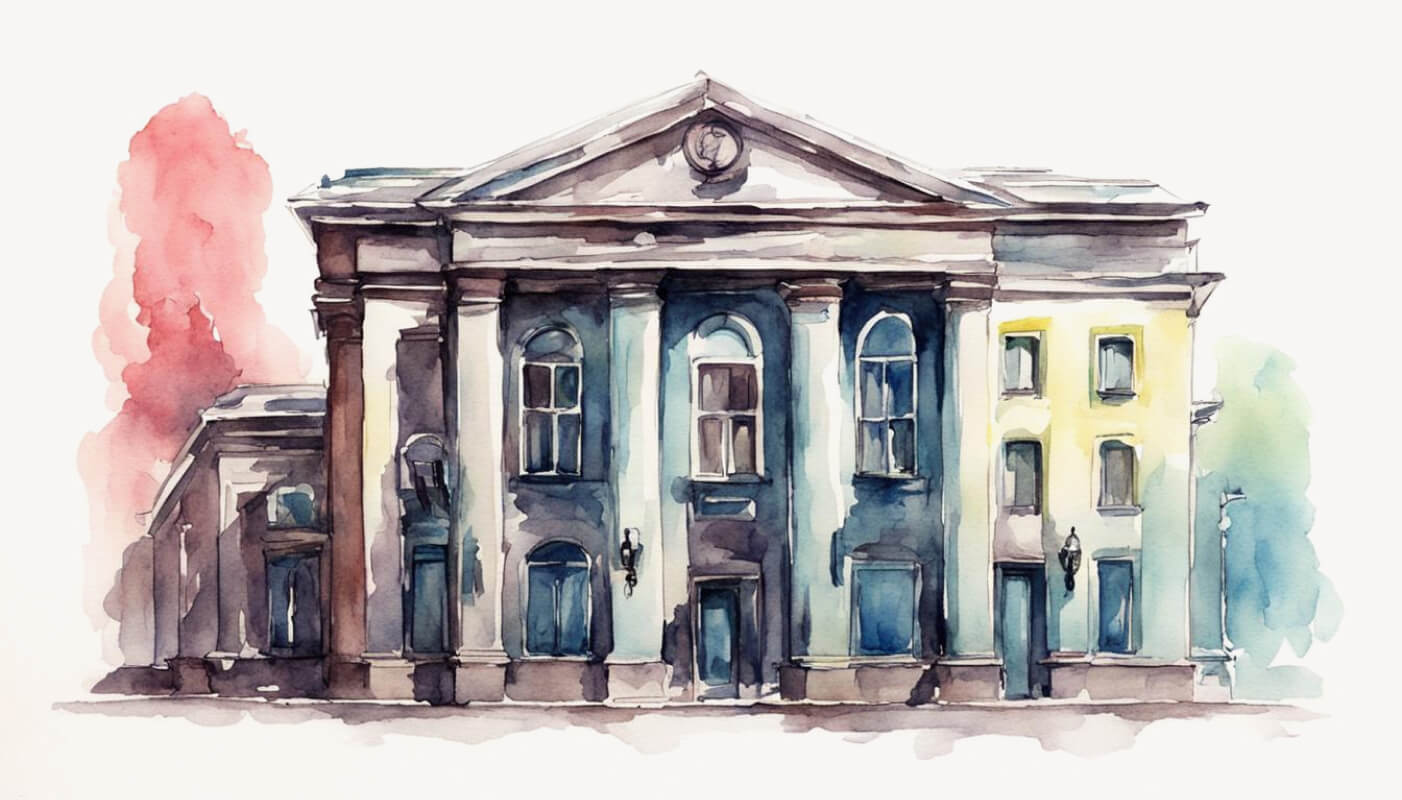
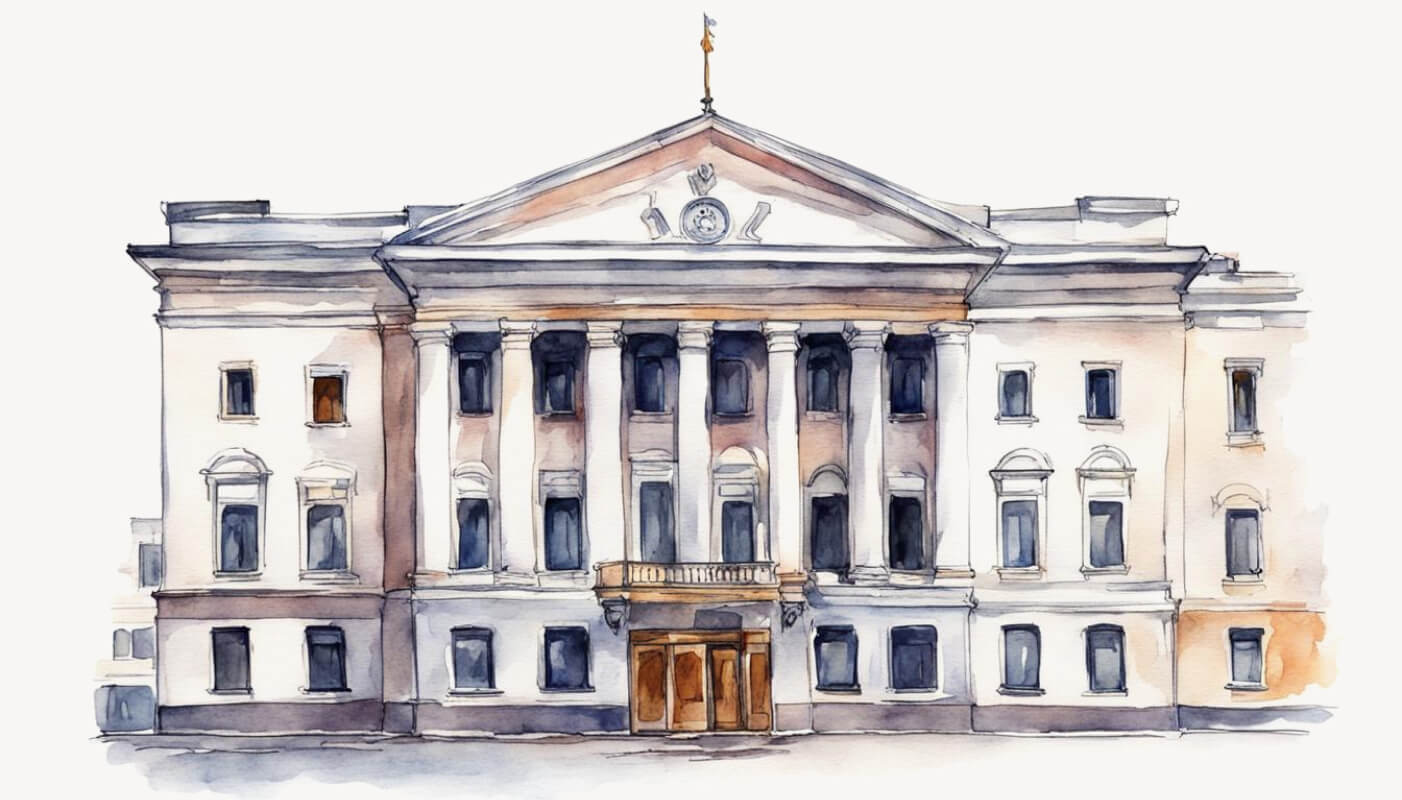
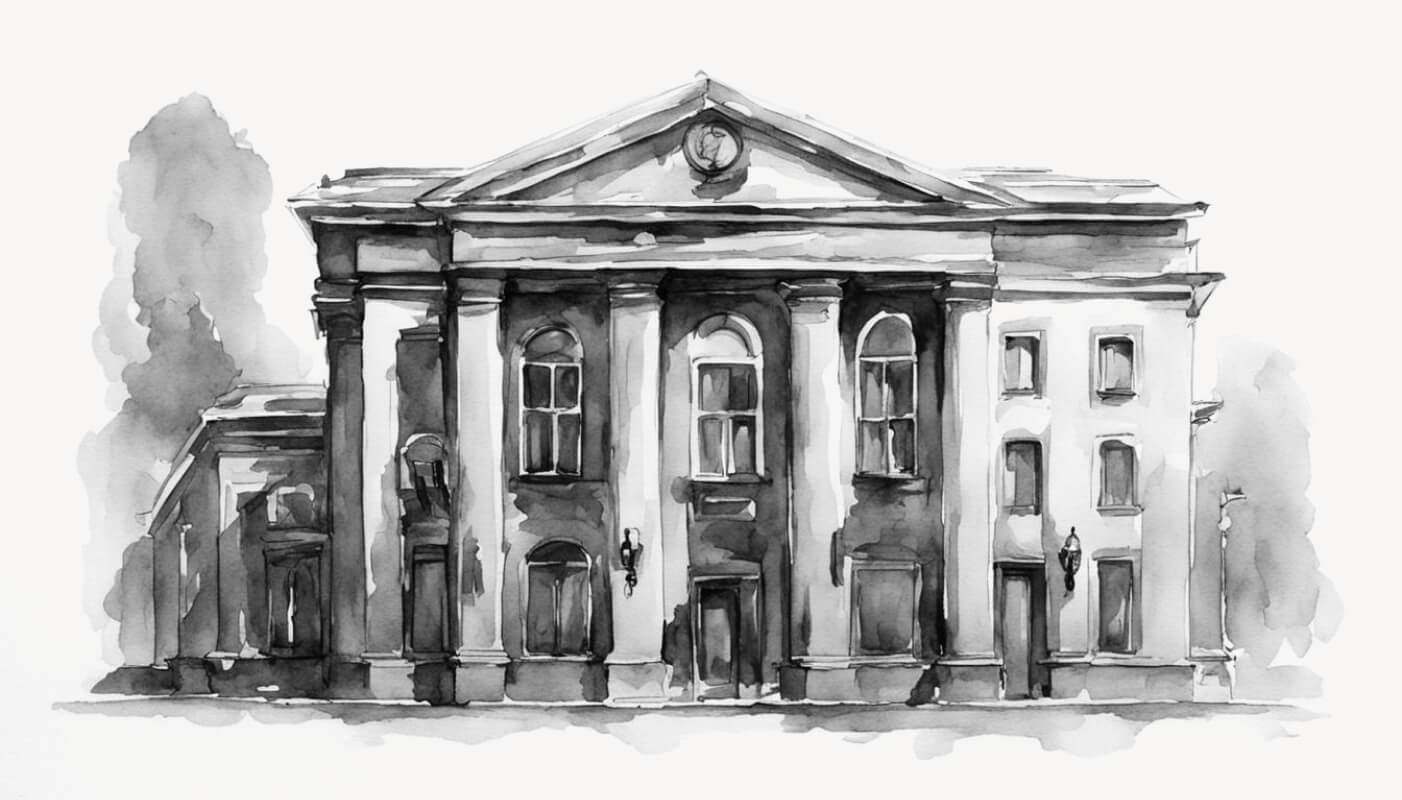
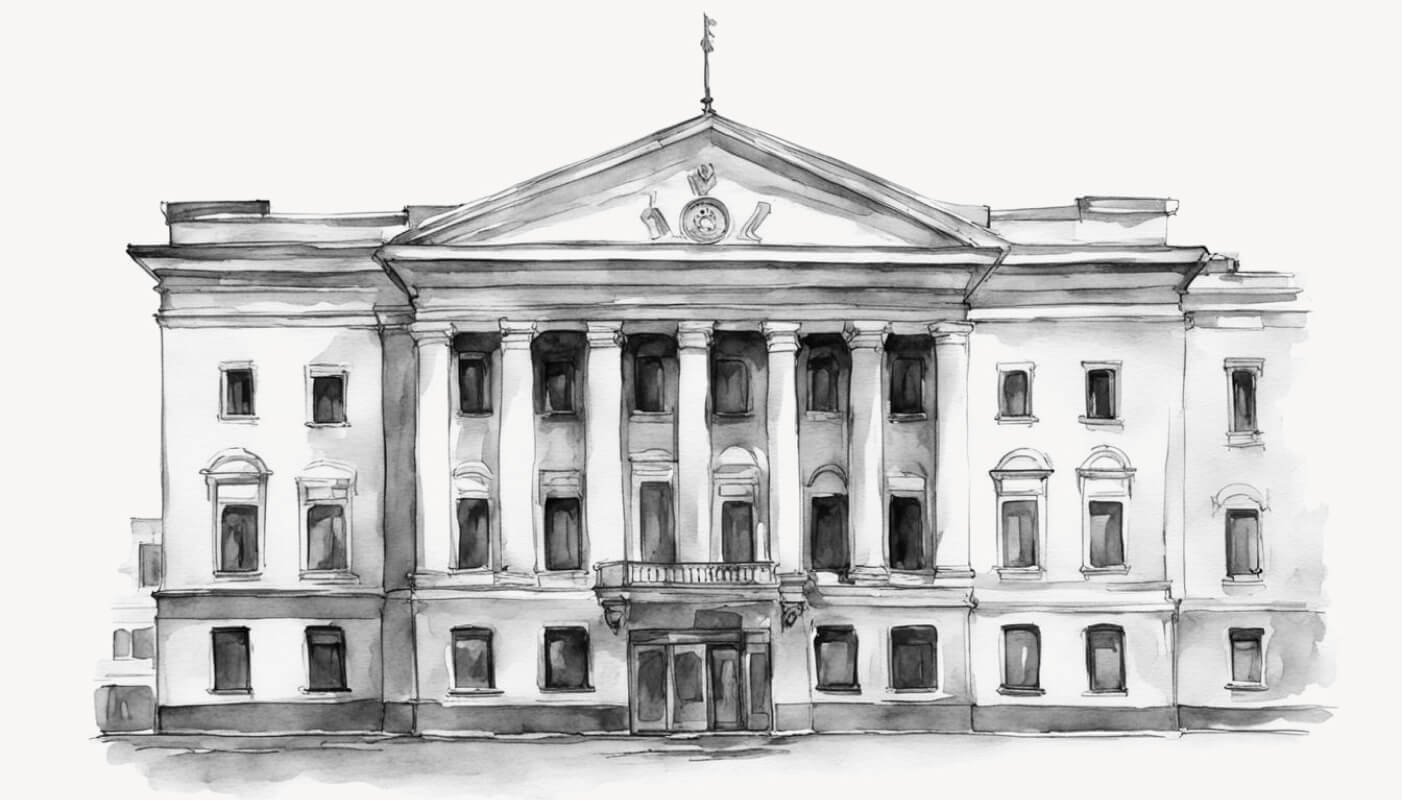
the first banks in Russia
In 1754, by decree of Elizaveta Petrovna, two credit organizations were established — loan banks. And later authorities created the Copper Bank — where you could not only get a loan, but also open a deposit.
05



merchant
noble
copper
Over time they were all eliminated






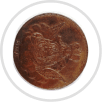


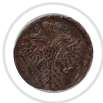



Unfortunately,
banking serviceS
And he, afraid of another monetary reform, had no choice but to hide his savings in the ground. One of these caches was found in 1994 near the ancient village of Bogoslovo in the Moscow region.
were not available
to the poor peasant





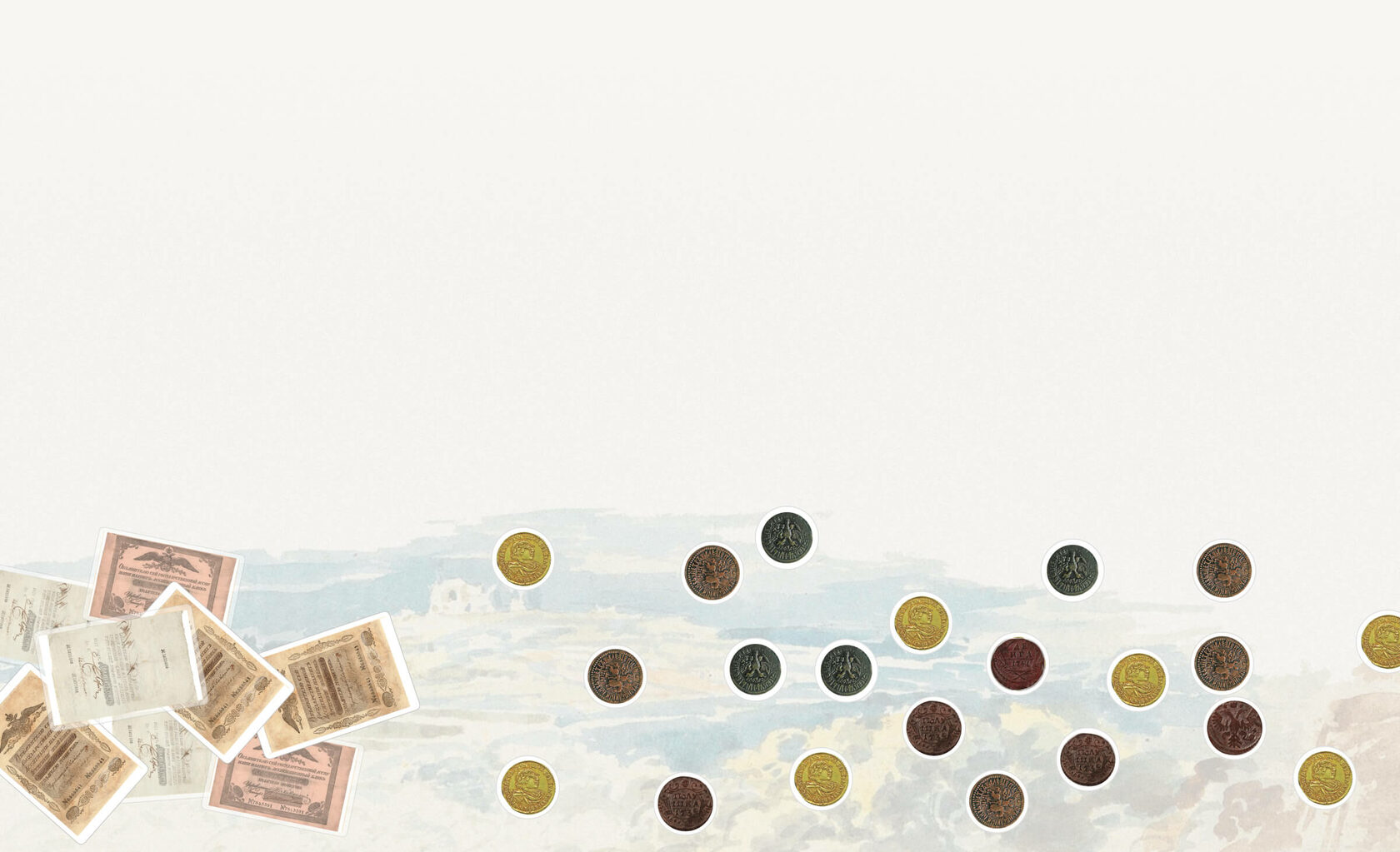




creation
of a banking system
The next step was the establishment of the State Assignation Bank and banking offices throughout the country. There it was possible to exchange new paper money for metallic currency — banknotes, introduced by decree of Catherine II. They were printed on white paper in denominations of 25, 50, 75 and 100 rubles.

06
and the introduction of banknotes
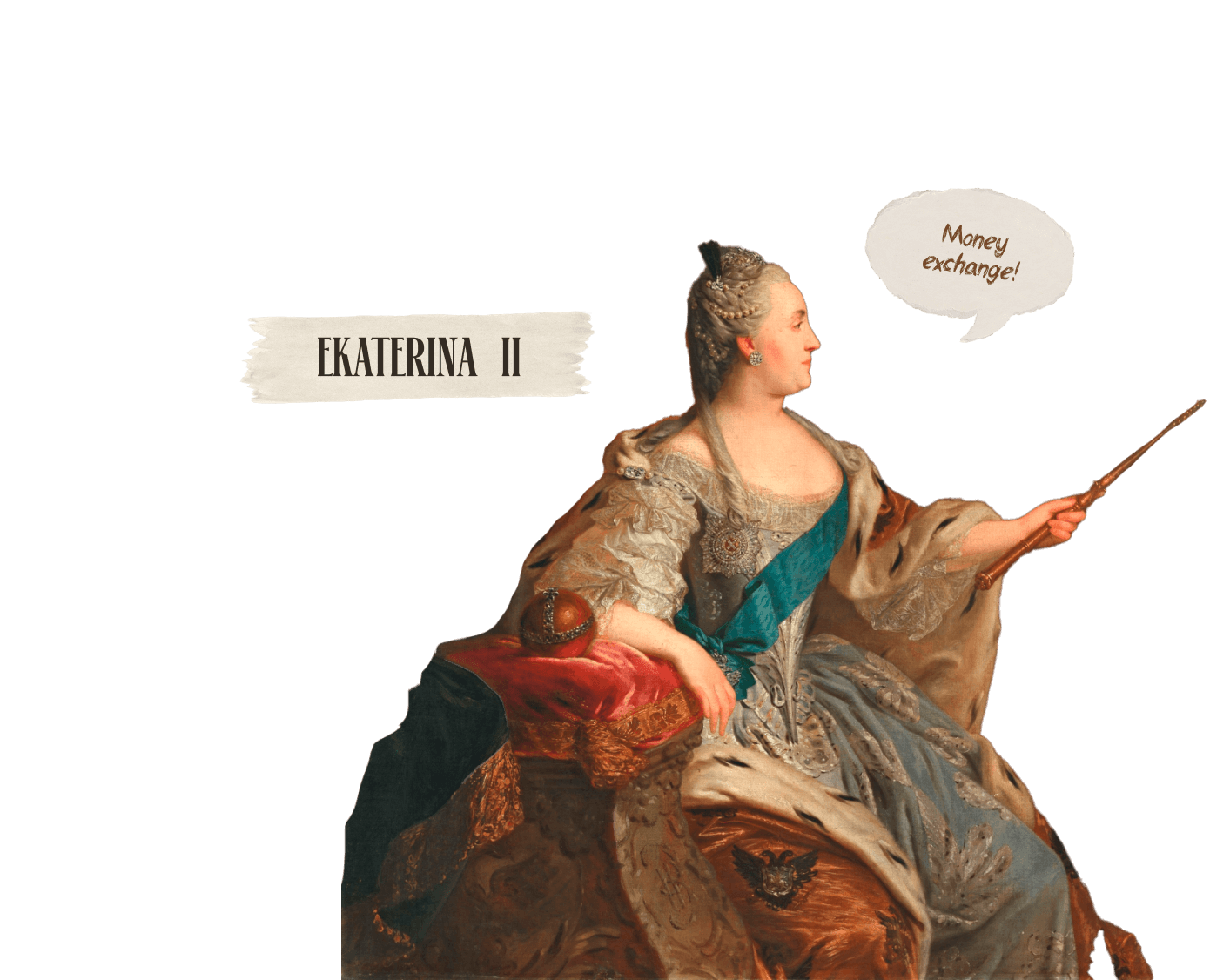

Later, blue five-ruble and red ten-ruble notes appeared, especially common among the poor and illiterate population.
It was with "blue" rubles that Chichikov and the landowner Korobochka paid for dead souls.
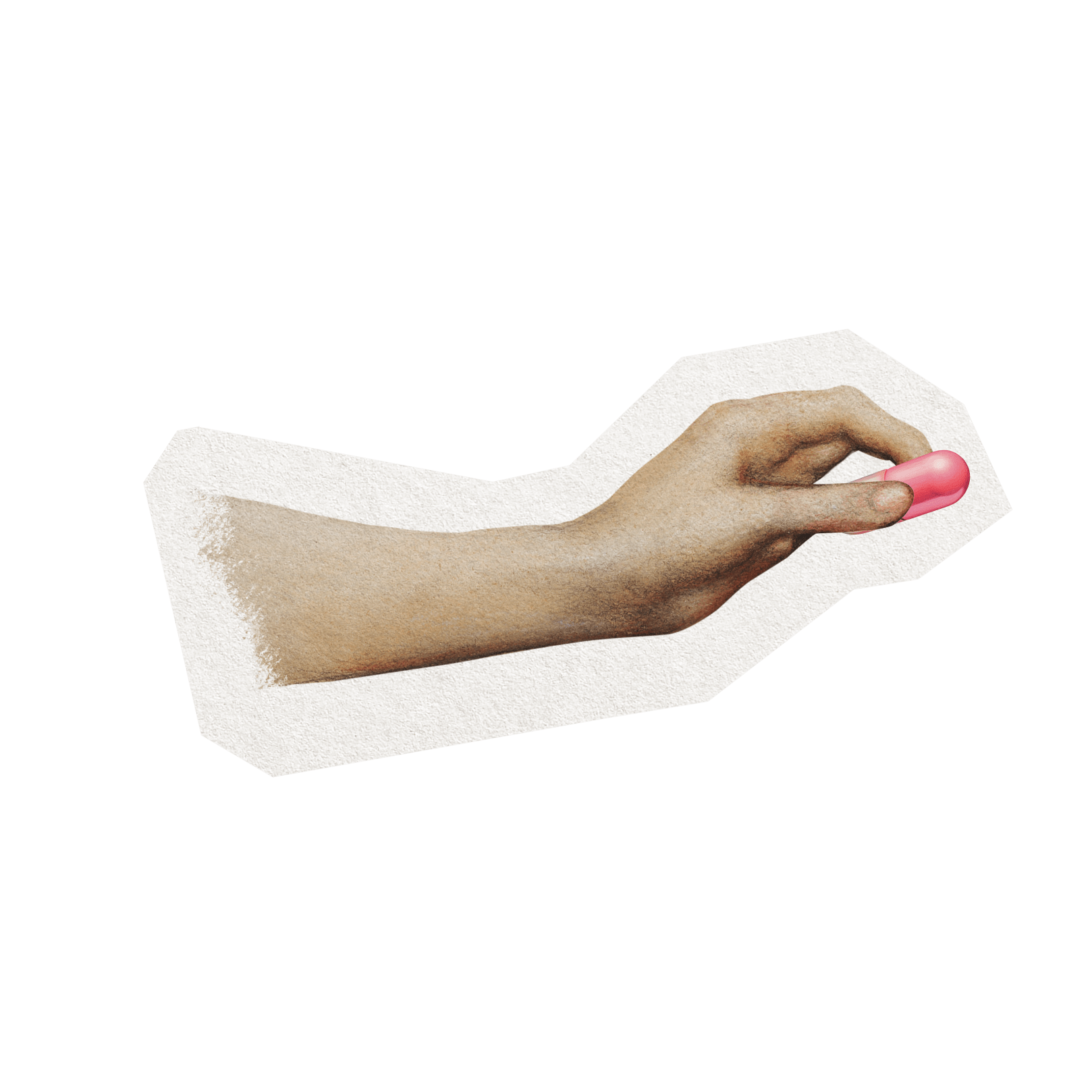
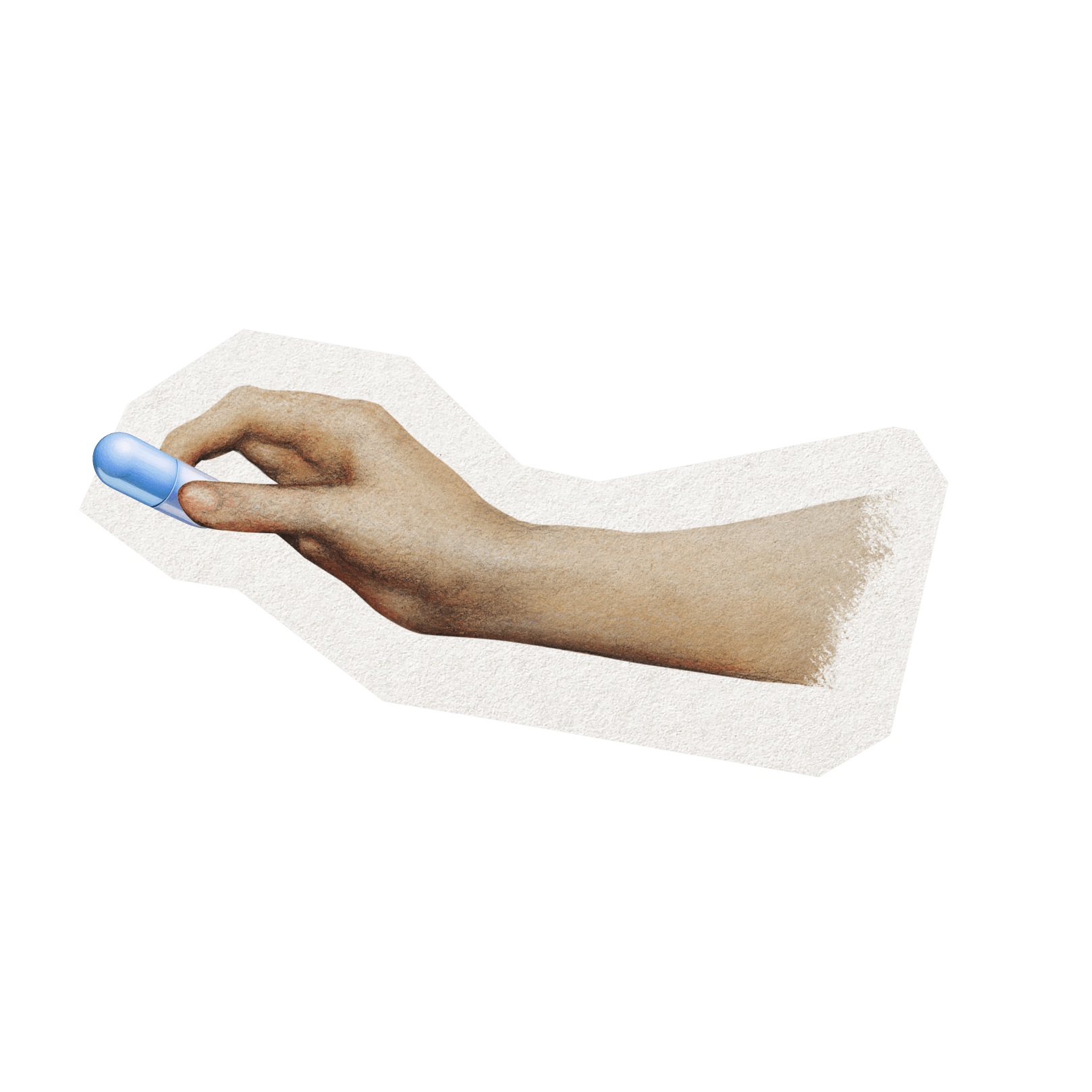
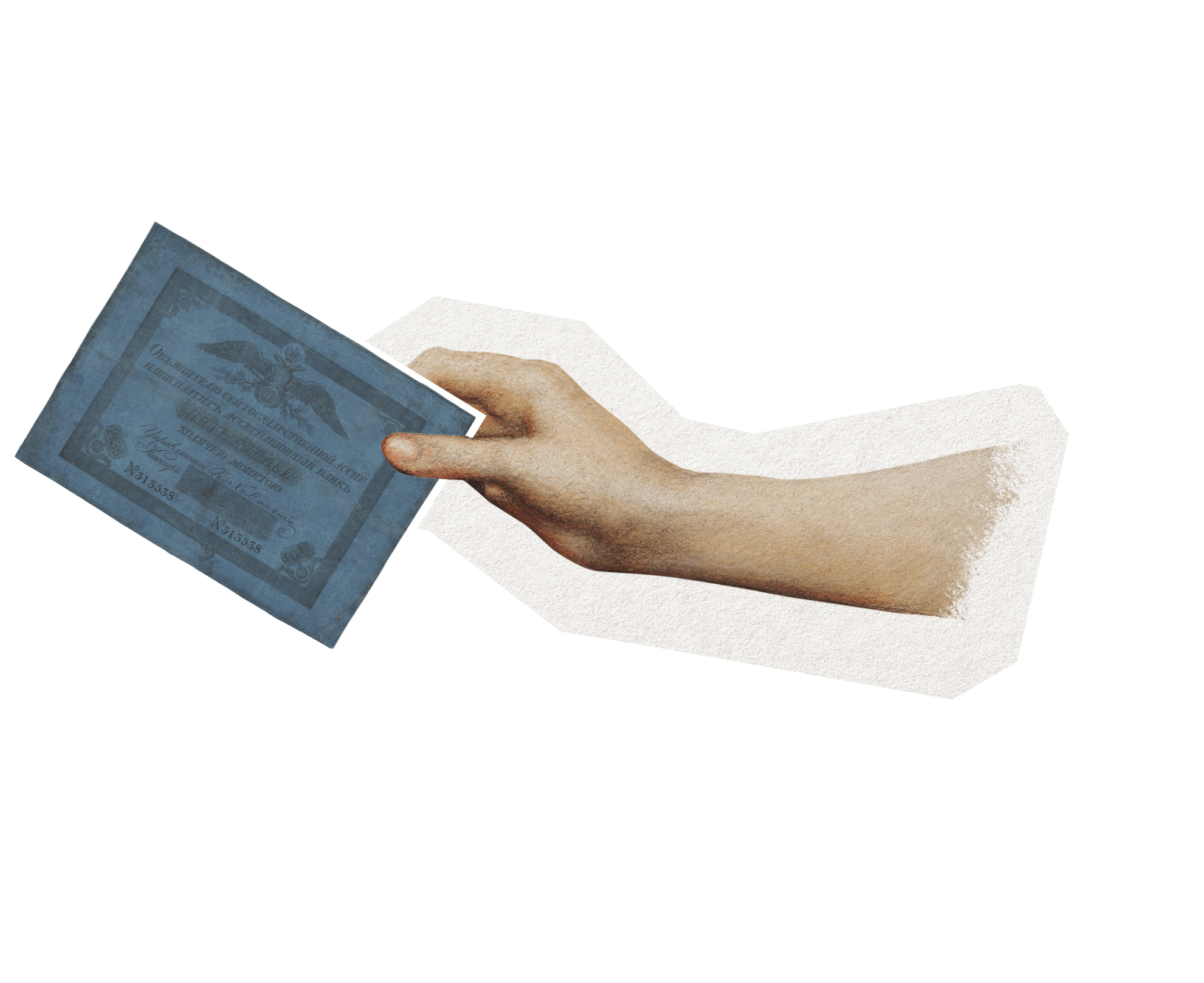
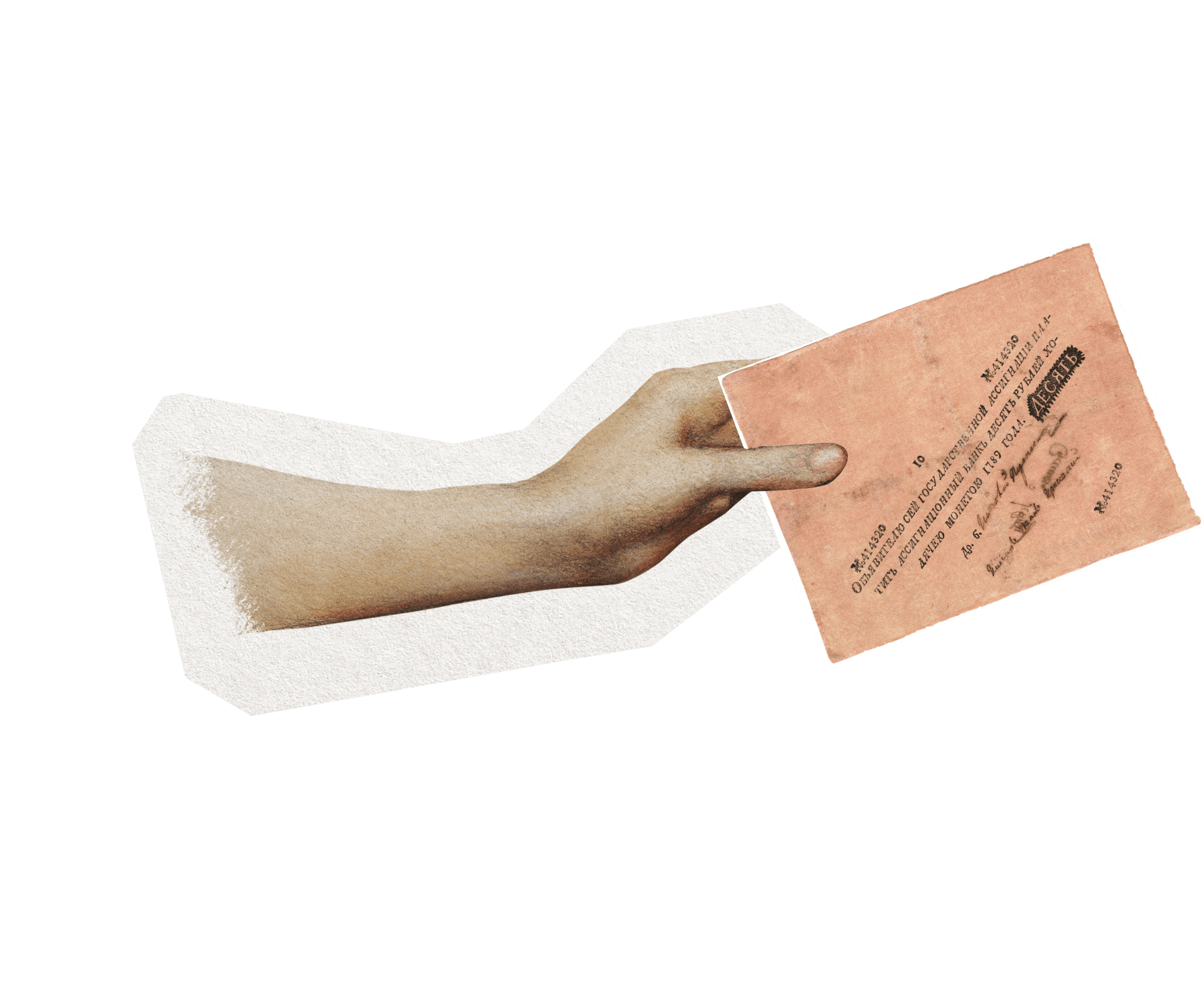


THE PEOPLE CALLED THEM
«RED» AND «BLUE»


state
commercial Bank
In 1817, a new State Commercial Bank was created. It performed many of the operations that are already familiar to us today: it kept savings with interest accrued on them, made wire transfers, and issued loans.
07



moreover, the amount of the loan
granted depended on the borrower's affiliation to a particular guild:
The main clients of the bank were merchants,
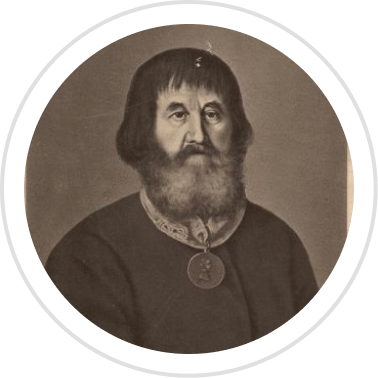
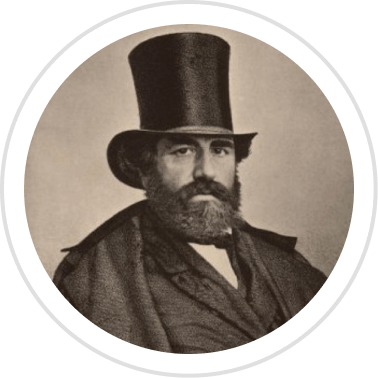
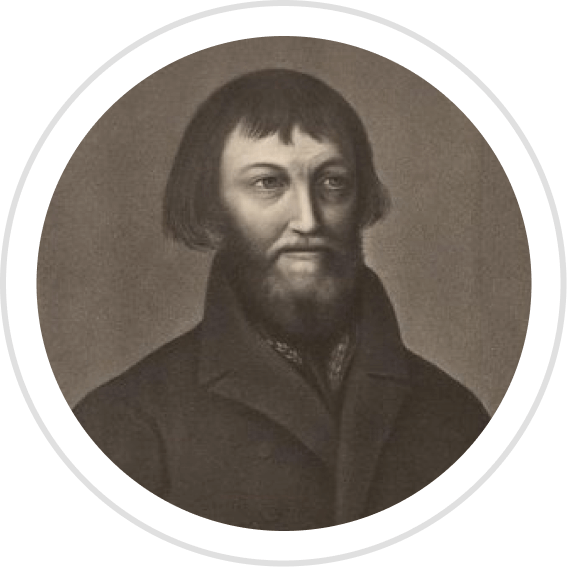

Up to 60 thousand

Up to 30 thousand

Up to 7.5 thousand
merchants of the first guild
merchants of the second guild
merchants of the third guild








State
credit cards

Banknotes were replaced only by copper coins, and by this time only conditionally: they could not be exchanged, and the rate of the banknote ruble was very different from the rate of the silver one.
08
To improve
the situation
monetary reform was re-announced and new paper banknotes were introduced — credit notes.
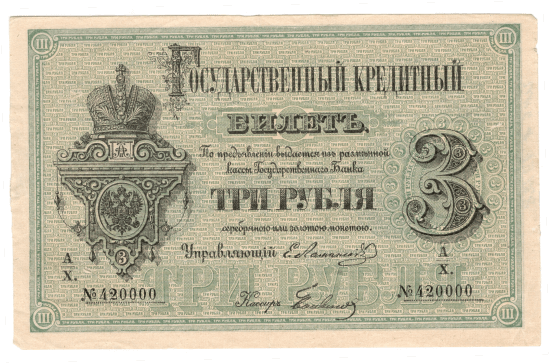



What is the difference
from banknotes:
The state took a coin of any metal from the population on credit, and in return issued a credit ticket. And at the first request it was obliged to return what it had taken — in silver. All these transactions were carried out through banks.






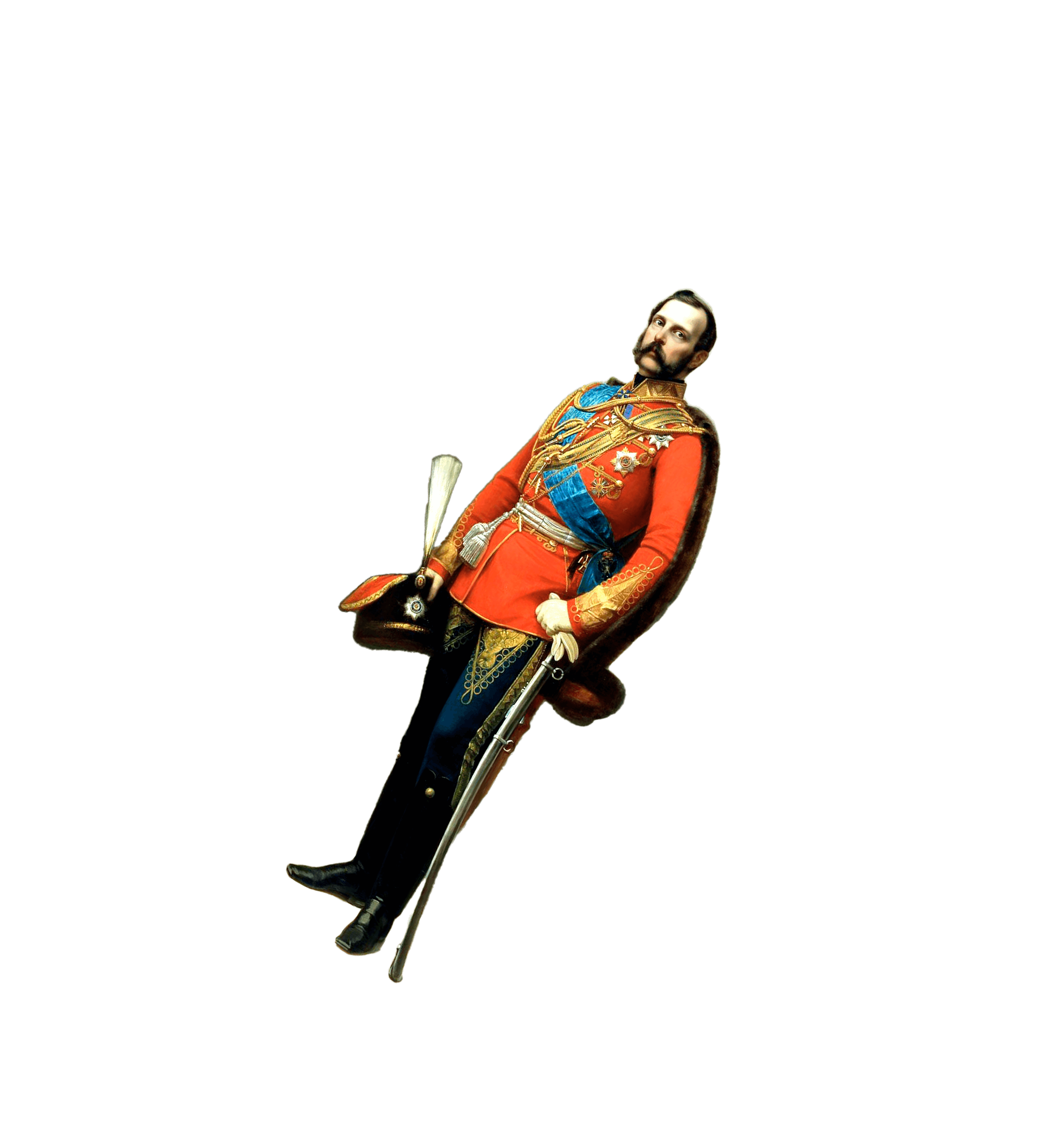
National Bank
Russian Empire
By decree of Alexander II a reorganization of the State commercial and State loan banks in to the State Bank of the Russian Empire was held - from which the modern Central Bank traces its history.
09
Its council was also an advisory body to the Ministry of Finance. The bank received the right to discount bills and other fixed-term securities, purchase and sell precious metals, and commercial lending. The State Bank of the Russian Empire has become an important link in the state financial system.
The State Bank of the Russian Empire has become an important link in the state financial system
Responsible for monetary policy and ensuring the operation of the payment system, as well as in some cases for regulation and supervision in the financial sector
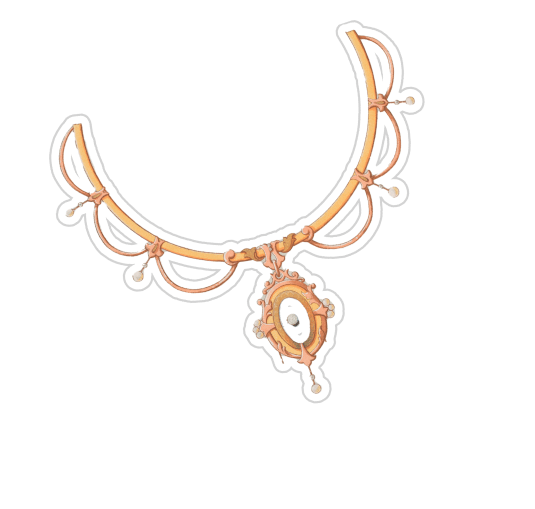
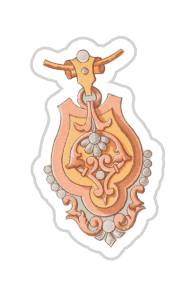
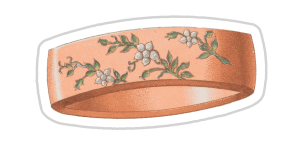
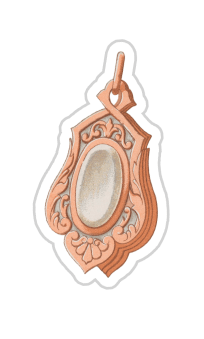
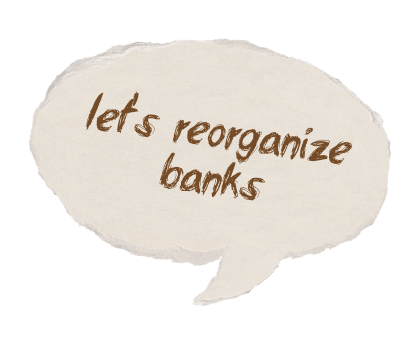

banking boom
After the abolition of serfdom, the need for the emergence of a private banking sector became obvious. In 1864, the state abandoned its monopoly on the credit sector and allowed the activities of commercial joint-stock banks.
10
In less than ten years the following were opened in Moscow:





and other banks.
Their credit support was provided by the State Bank, which also had the function of a regulator.
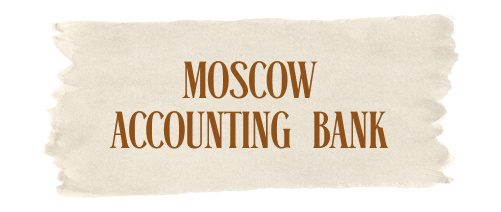







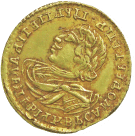





For example, an entire bank street appeared in Moscow.
Learn more in our article


Witte's monetary reform
During the reform undertaken by Finance Minister Sergei Witte, Russia, following European countries, switched to the gold standard.
11



Witte
Instead of the silver ruble, gold became the universal monetary equivalent. 10 rubles (imperial) and 5 rubles (half-imperial) and new banknotes were introduced into circulation.
Sergey Yulievich Witte — Transport and Finance Minister, Chairman of the Committee of Ministers, 1st Prime Minister of Russia.
This became possible thanks to the accumulation of gold reserves in the country through the efforts of the State Bank: by 1897 it stored more than 1 billion rubles in gold
The State Bank received a monopoly right to issue credit notes and independence from the Ministry of Finance in regulating the money supply. At the same time, unlike central banks of other countries, it retained its commercial functions.


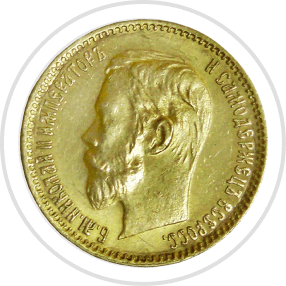
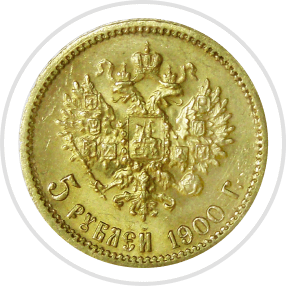
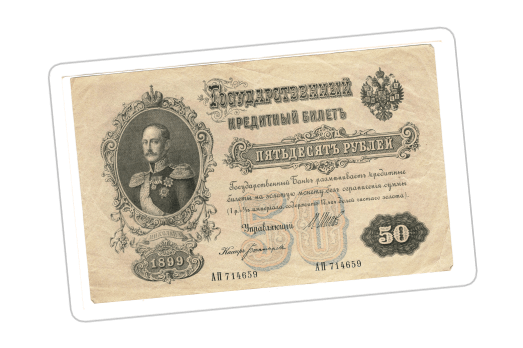
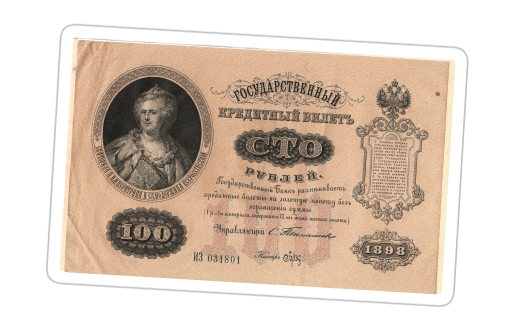
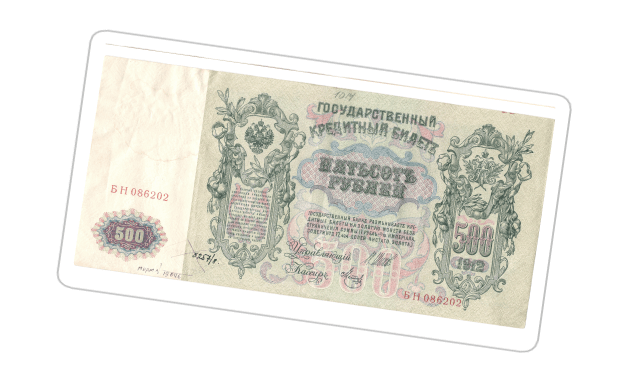
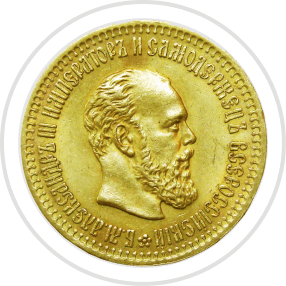
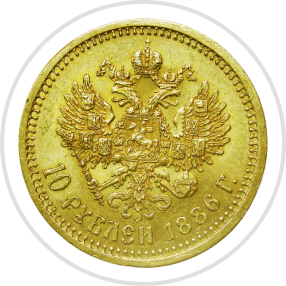


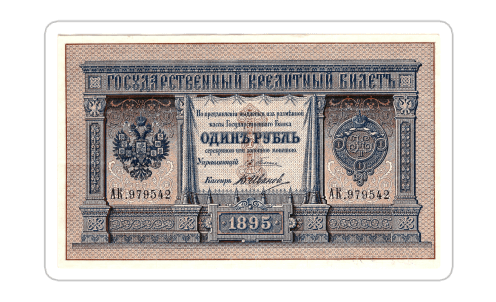
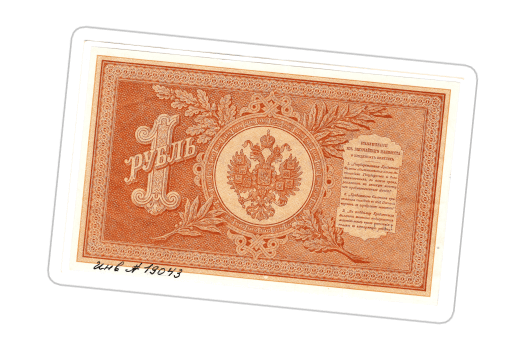







Russian gold coin of 10 rubles, after 1897 - of 15 rubles.
Russian gold coin usually is equal to 5 rubles.
An official, usually paper banknote issued by a bank of issue and backed by gold, government securities and other bank assets, used to replace current money as a mean of exchange and payment.










Это стало возможно лагодаря



Witte's monetary reform
During the reform undertaken by Finance Minister Sergei Witte, Russia, following European countries, switched to the gold standard.
11



Witte
Instead of the silver ruble, gold became the universal monetary equivalent. 10 rubles (imperial) and 5 rubles (half-imperial) and new banknotes were introduced into circulation.
Sergey Yulievich Witte — Transport and Finance Minister, Chairman of the Committee of Ministers, 1st Prime Minister of Russia.
This became possible thanks to the accumulation of gold reserves in the country through the efforts of the State Bank: by 1897 it stored more than 1 billion rubles in gold
The State Bank received a monopoly right to issue credit notes and independence from the Ministry of Finance in regulating the money supply. At the same time, unlike central banks of other countries, it retained its commercial functions.




















Russian gold coin of 10 rubles, after 1897 - of 15 rubles.
Russian gold coin usually is equal to 5 rubles.
An official, usually paper banknote issued by a bank of issue and backed by gold, government securities and other bank assets, used to replace current money as a mean of exchange and payment.










Это стало воможно благодаря

first
Also, by Witte’s decision and with the permission of the emperor, the State Bank carried out the first reorganization in its history — this was the banking and industrial group of the famous financier Lazar Polyakov.

12
reorganization
Thanks to the support of the authorities, his banks and enterprises avoided bankruptcy, which would have inevitably led to the ruin of many citizens and undermined confidence in the private banking sector


Polyakov
Lazar Solomonovich Polyakov. The owner of one of the largest private Moscow banks of the late 19th century.
Read the article
Read the article




With the beginning of World War I, coins began to disappear from monetary circulation, settling among the population, in treasures and banks. The State Bank stopped exchanging credit notes for gold and silver, but willingly accepted both.
13
?
the last money of Monarchal Russia
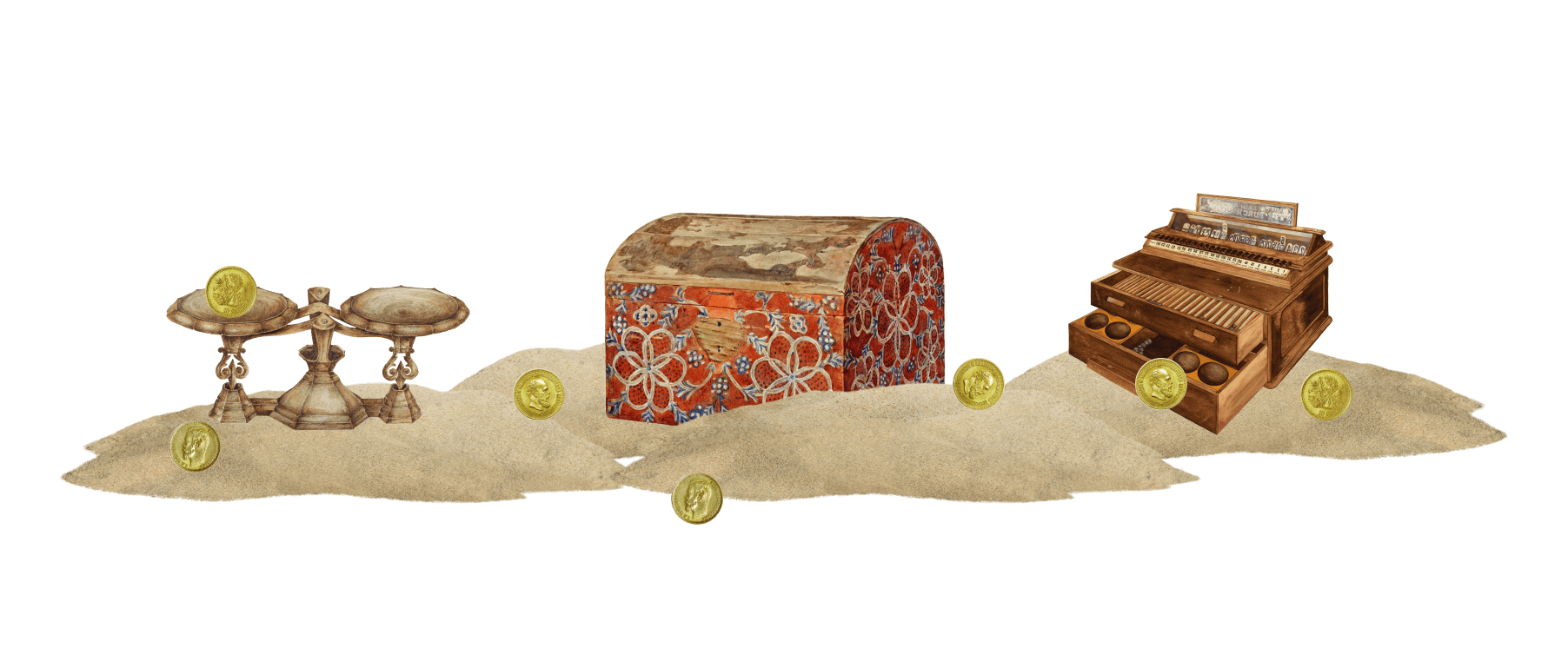
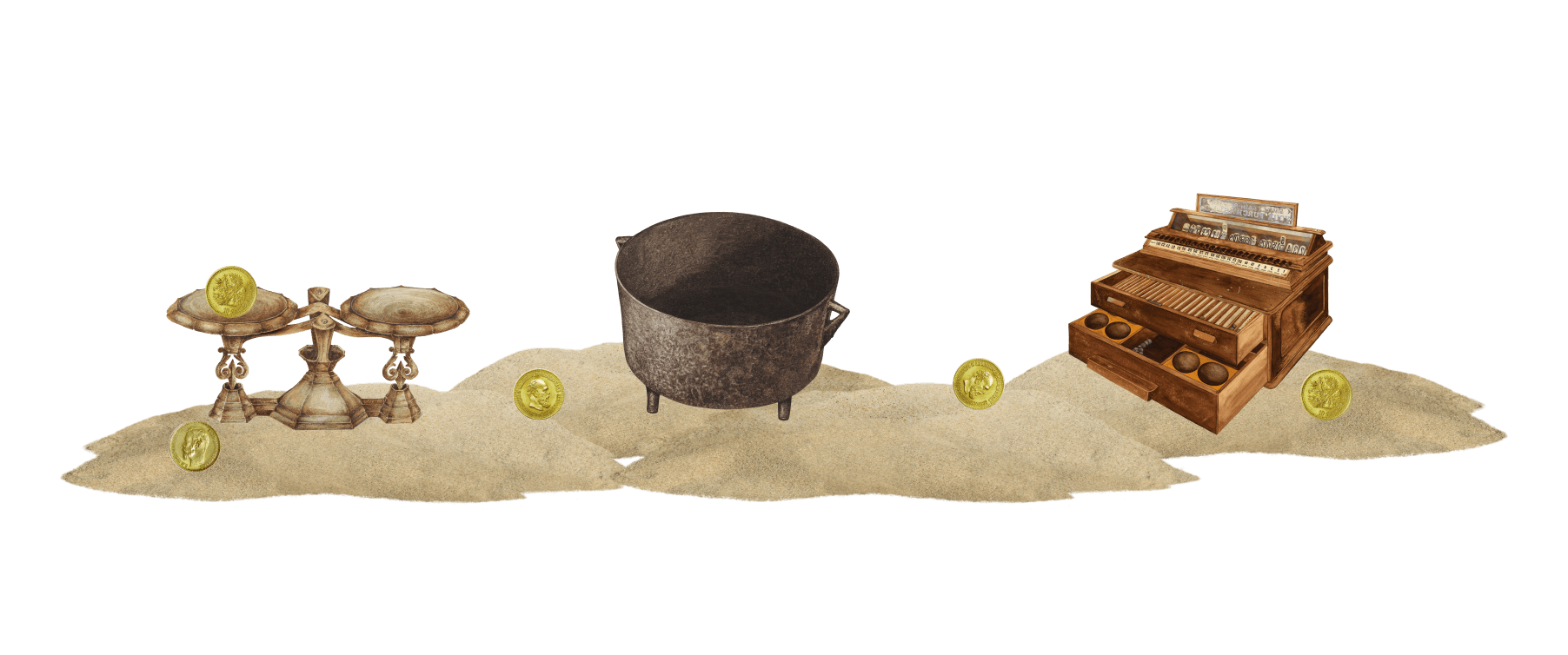
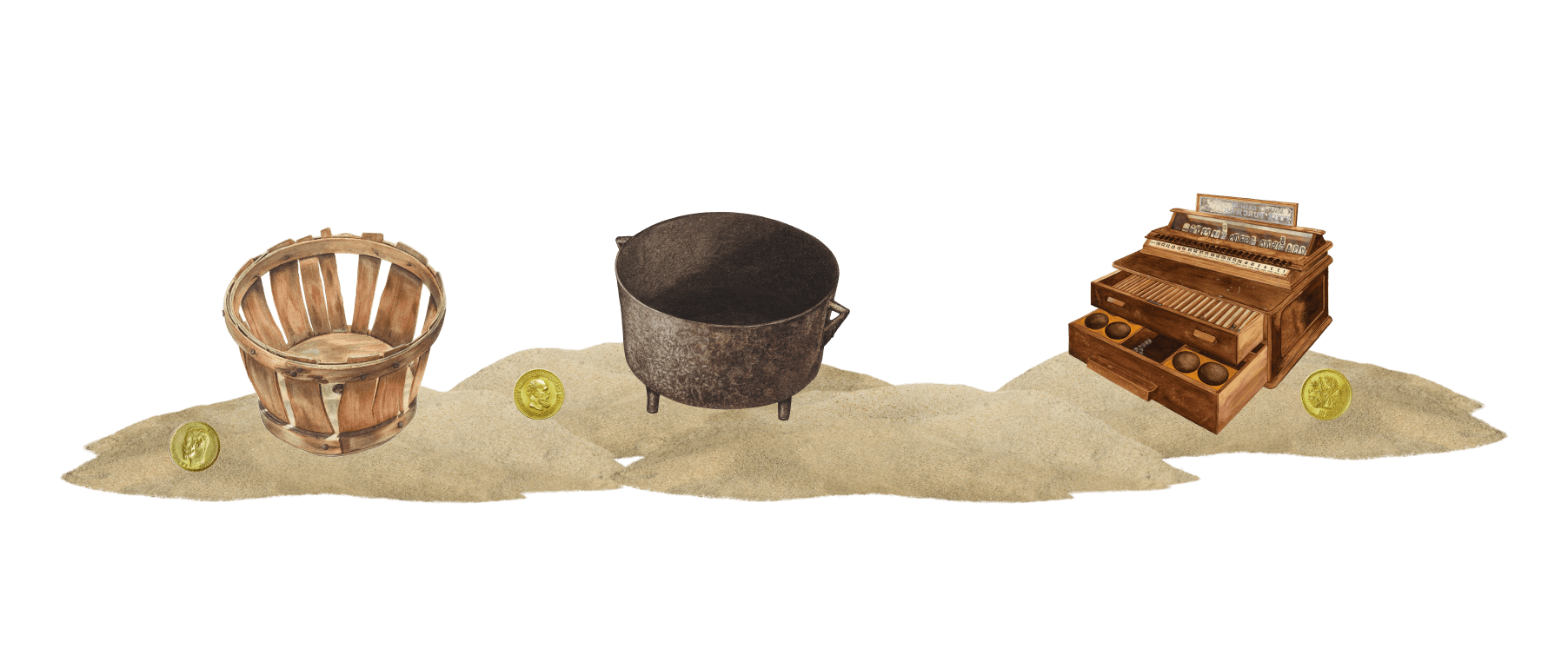
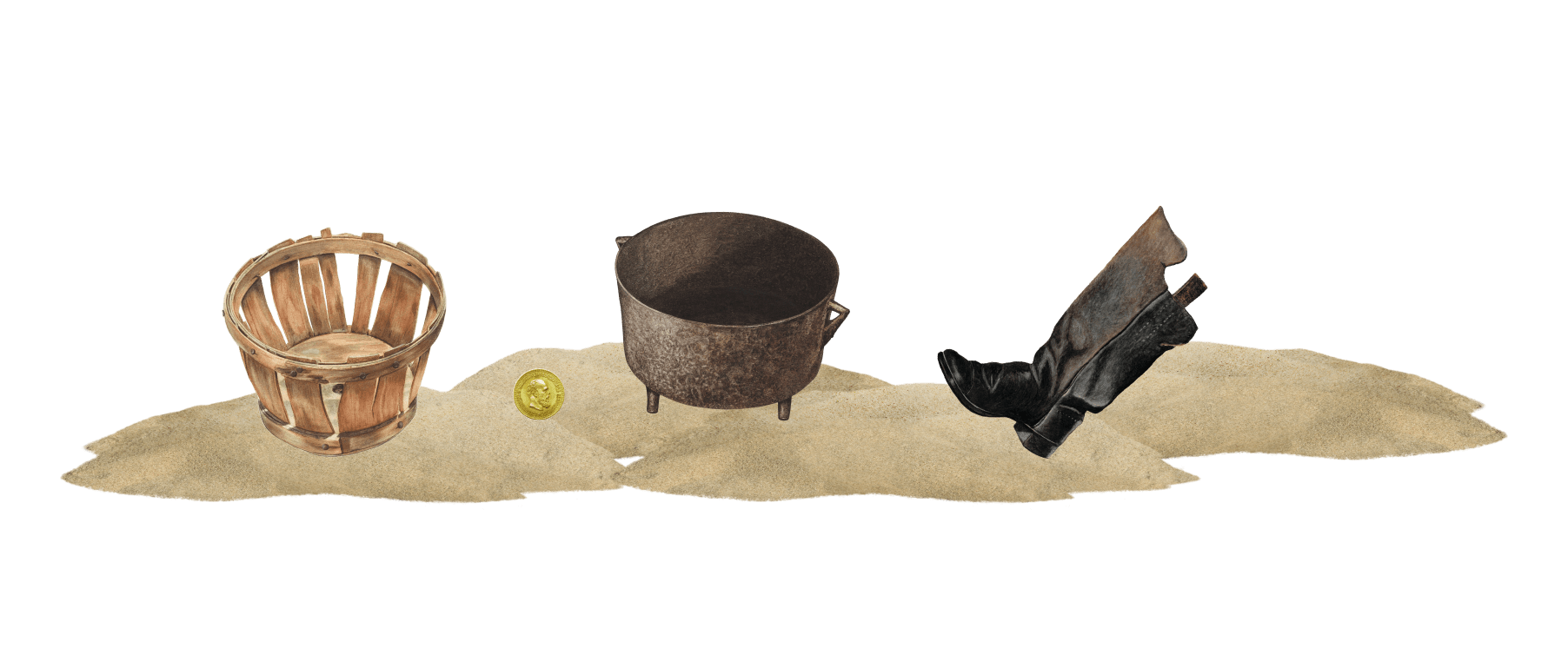
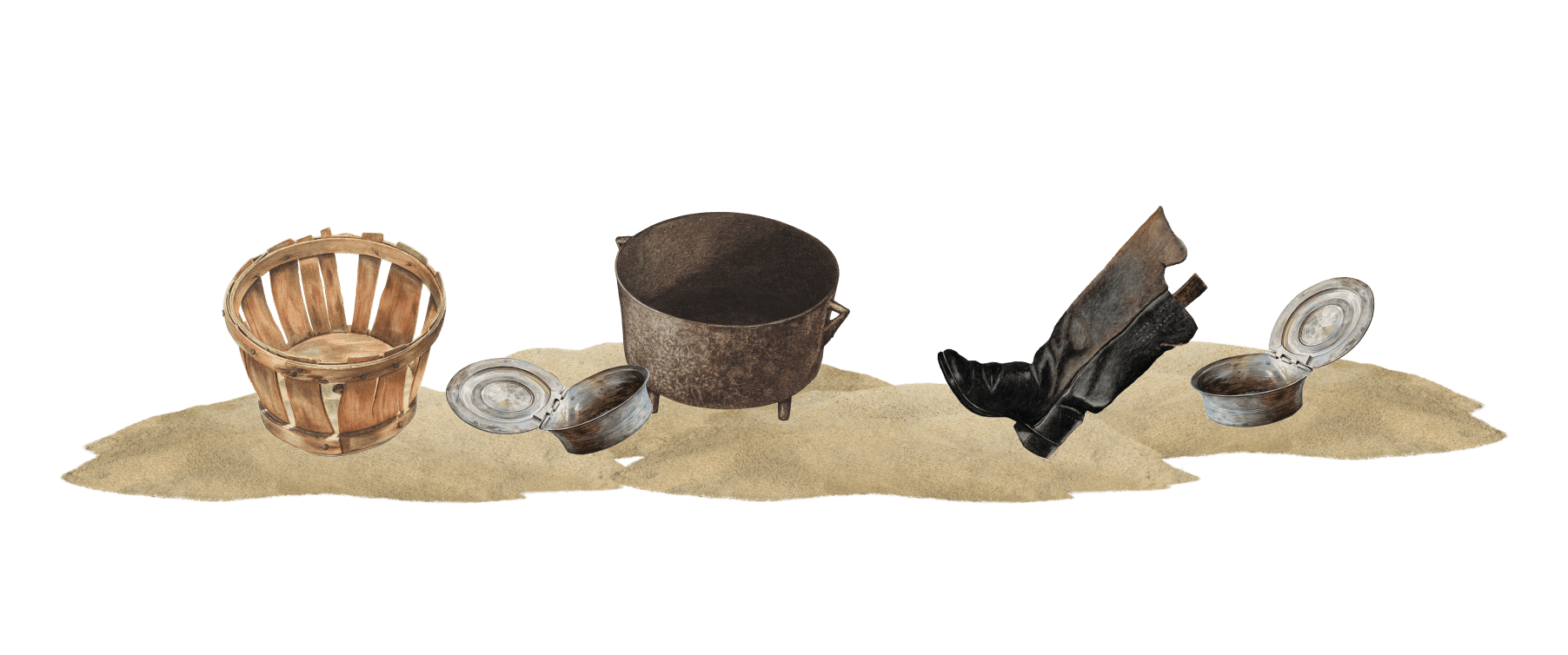







To cover the shortage of coins, the authorities issued tickets in denominations of up to 50 kopecks.
Exchange marks came into circulation — postage stamps with portraits of emperors, made for the 300th anniversary of the ruling dynasty.
Having acquired a special inscription on the back, they began to circulate on a par with copper and silver coins.



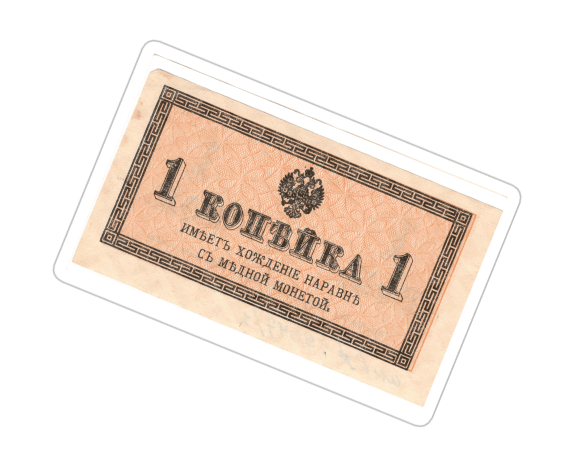
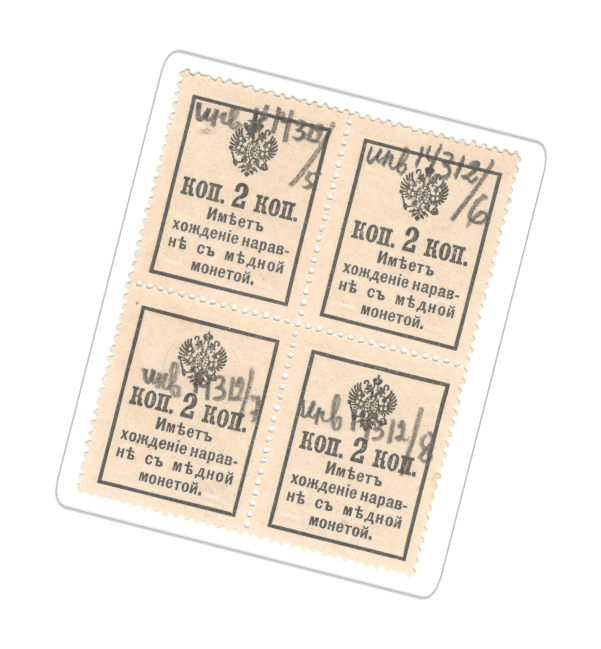
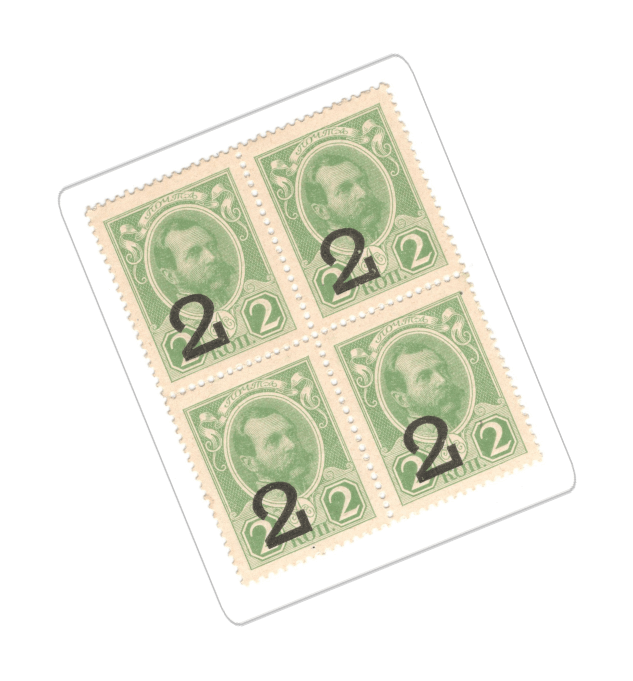
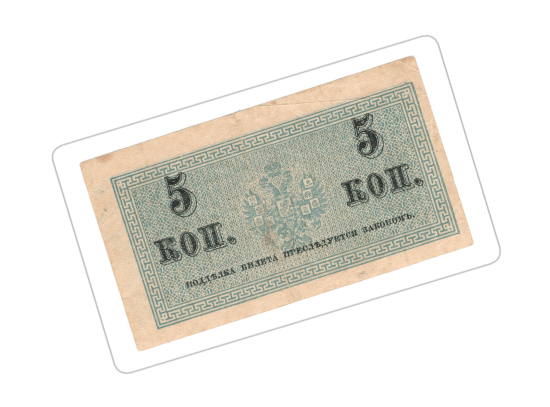


Monetary issues of the Provisional Government
The Provisional Government continued to issue banknotes with royal symbols. At the same time, money with a new Russian coat of arms was introduced - a double-headed eagle without imperial regalia.
14

Among the people, some of the banknotes got their name
A credit ticket worth one thousand rubles with an image of the Tauride Palace, where the City Duma met, was called a «dumka». And banknotes of 20 and 40 rubles are the size of a match label — «Kerenki»
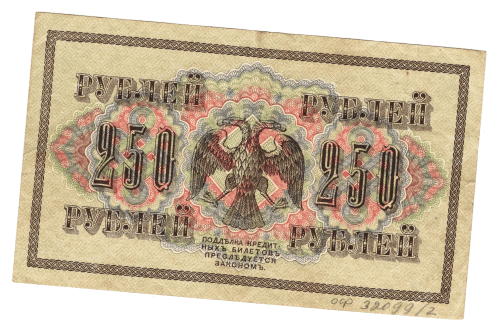

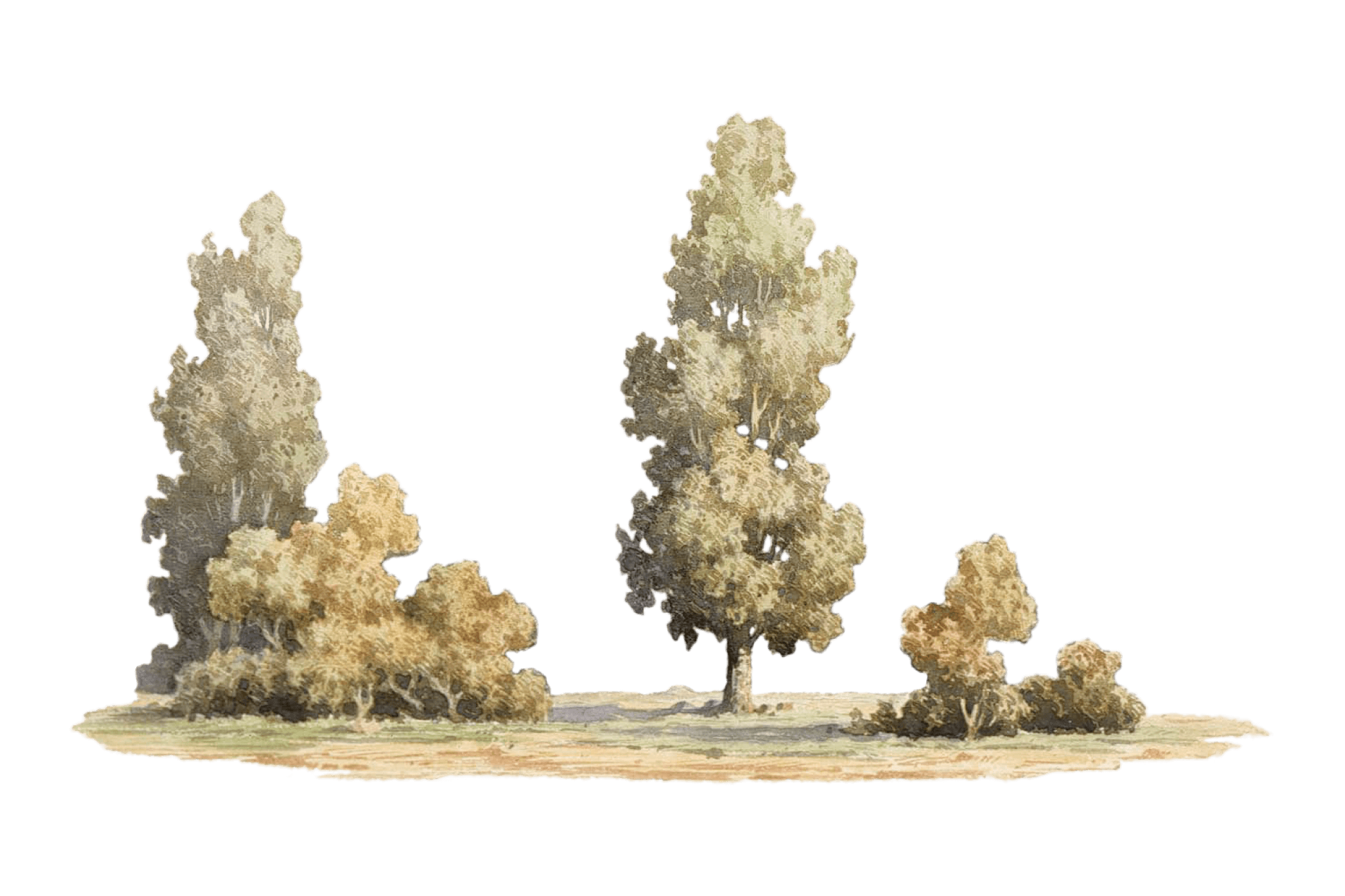
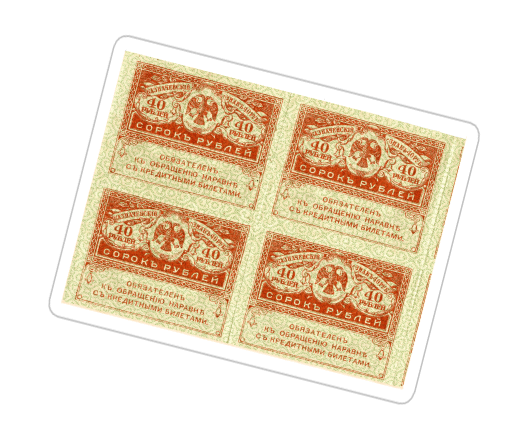
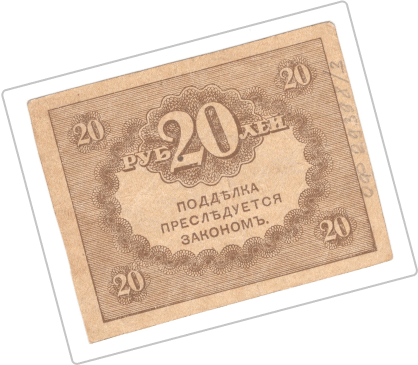


dumka

Kerenki
One of them
was found recently in Moscow at 37 Valovaya Street.
Savings totaling more than a thousand rubles were kept in a wine bottle.
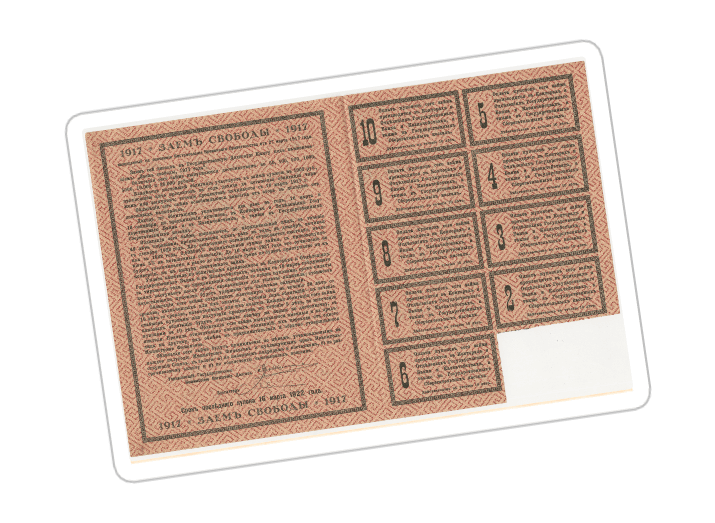
The population preferred to hide even devalued banknotes in treasures.
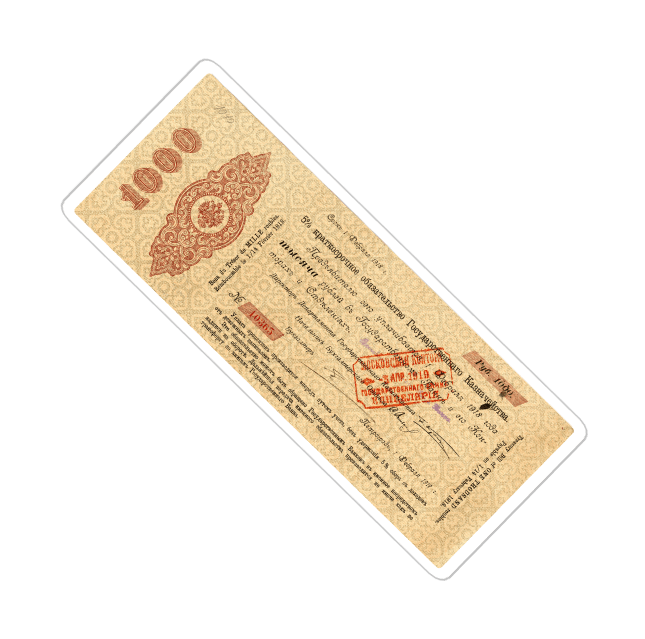
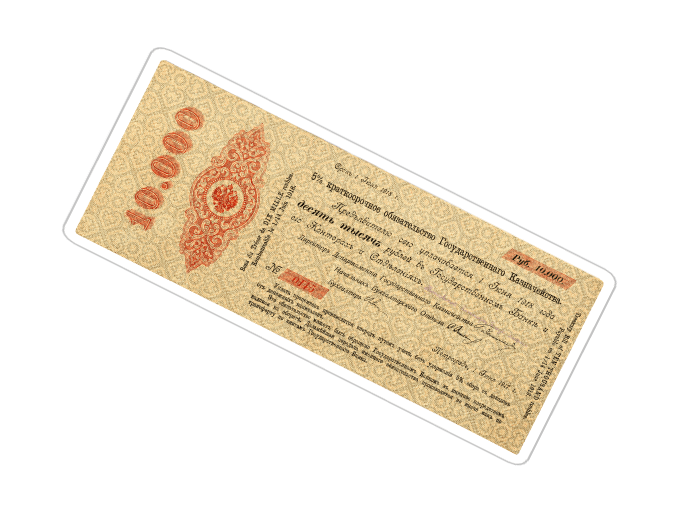
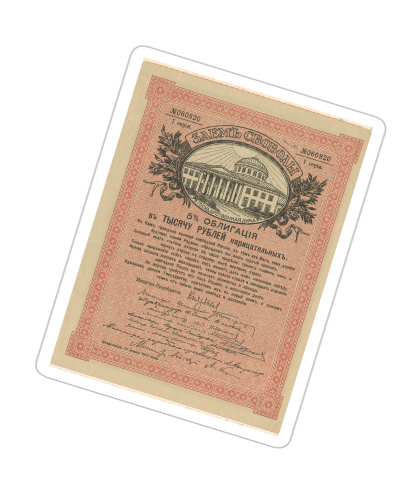


TREASURE IN A BOTTLE


Banks of the USSR
In the USSR, banking became state property. All private banks were nationalized.




15
and a little later
merged
with the State Bank into a single People’s Bank
Bank of the RSFSR
After the 1920s,
the State Bank of the USSR began to function
During the New Economic Policy period, commercial banks returned briefly, but in the 1930s the state re-established a monopoly on banking.

Commercial banks



Commercial banks
After the law «On Cooperation in the USSR» and the “Regulations on Joint Stock Companies” came into force, the activities of commercial banks became possible:
16
by 1991, more than 260 had been opened
and by 1995 - already more than 2.5 thousand

In July 1990, the Central Bank of Russia was established, spearheading the formation of a modern banking system


CENTRAL BANK

















